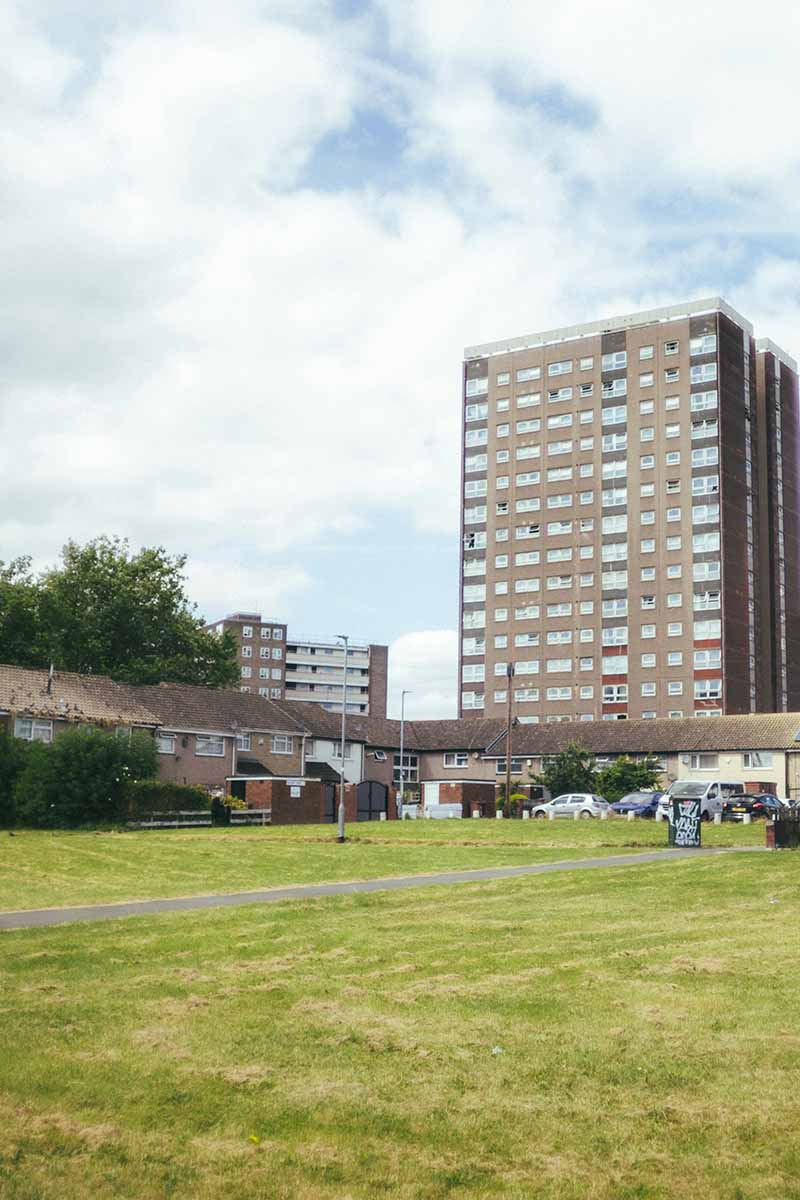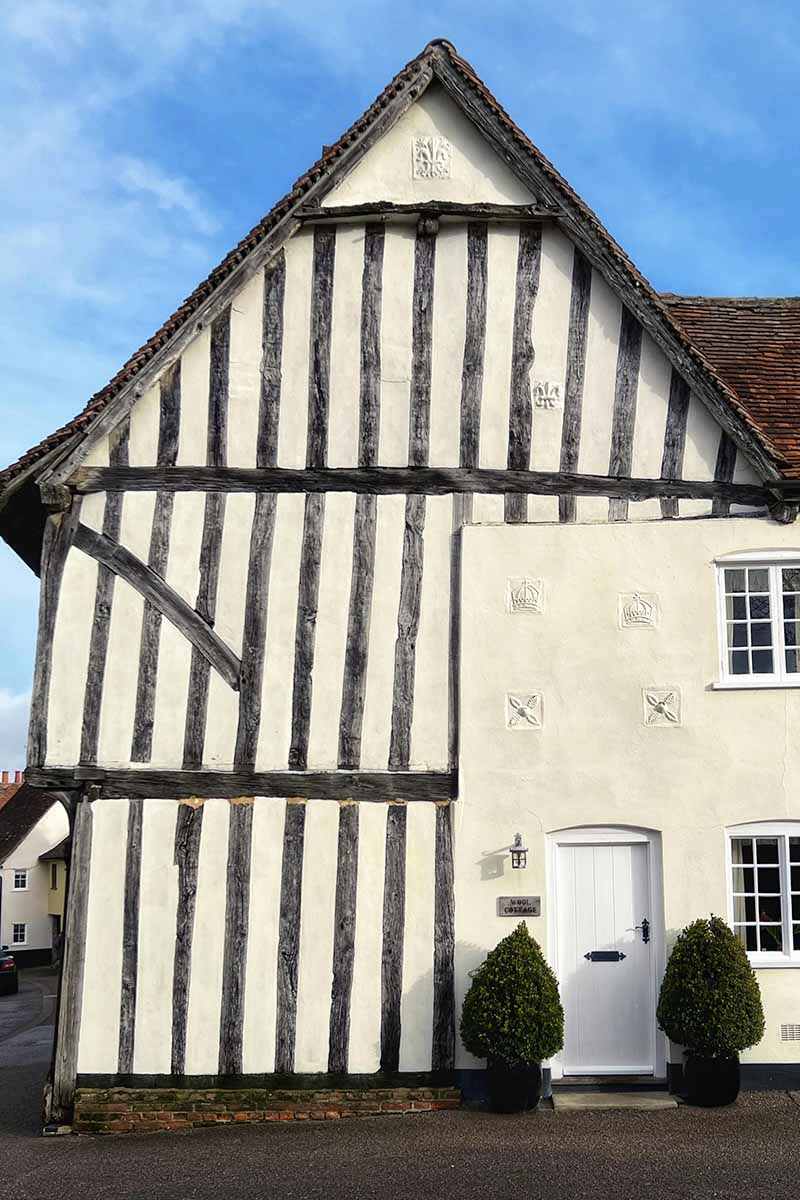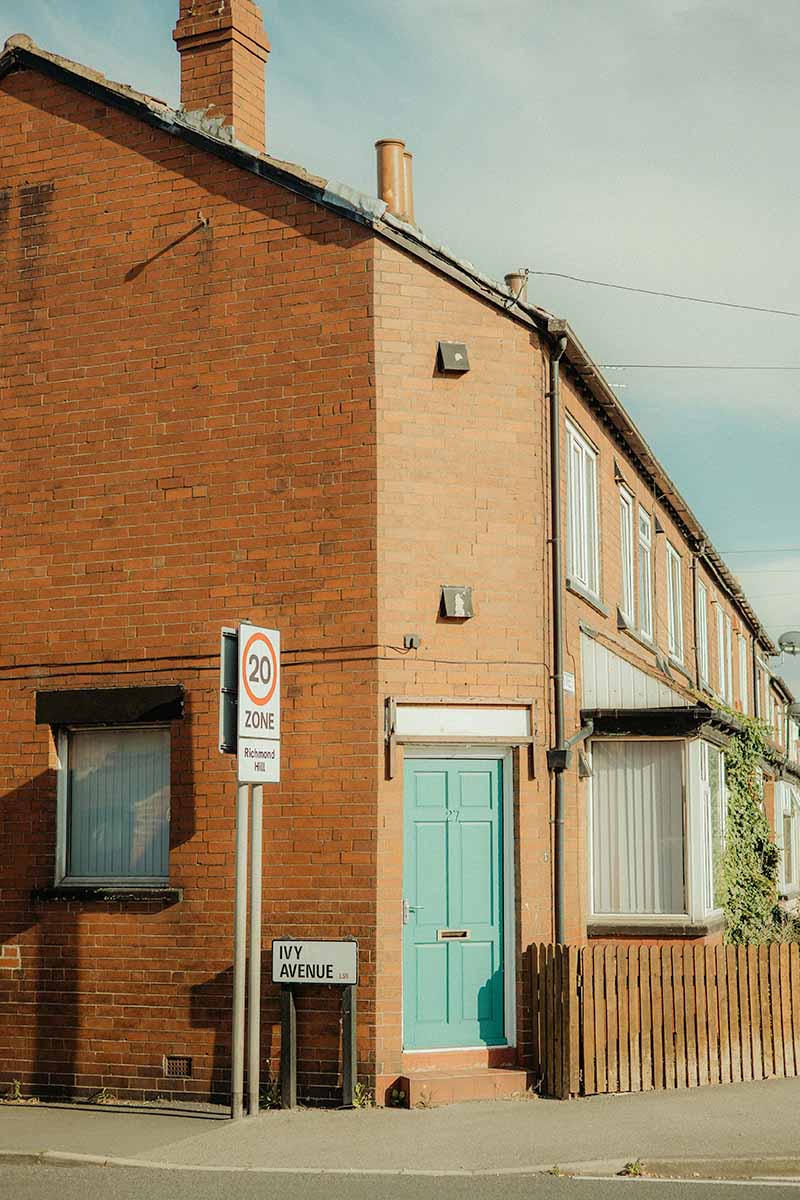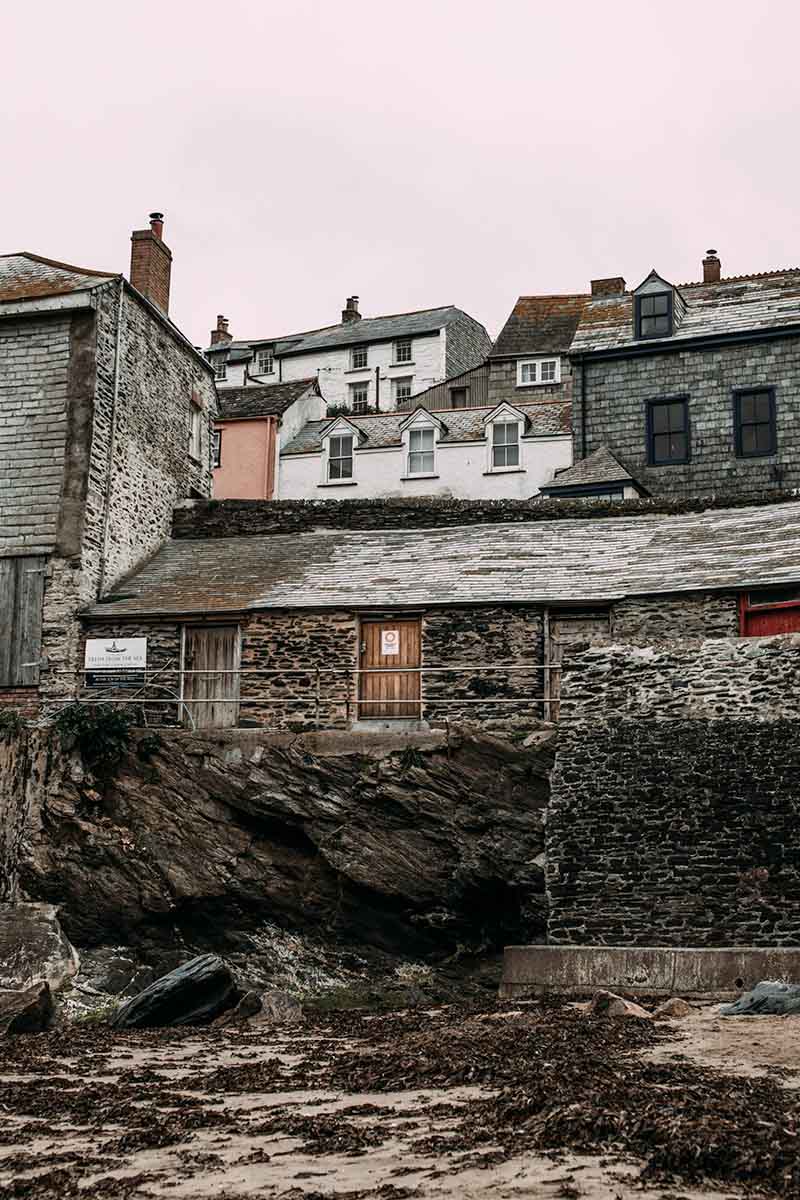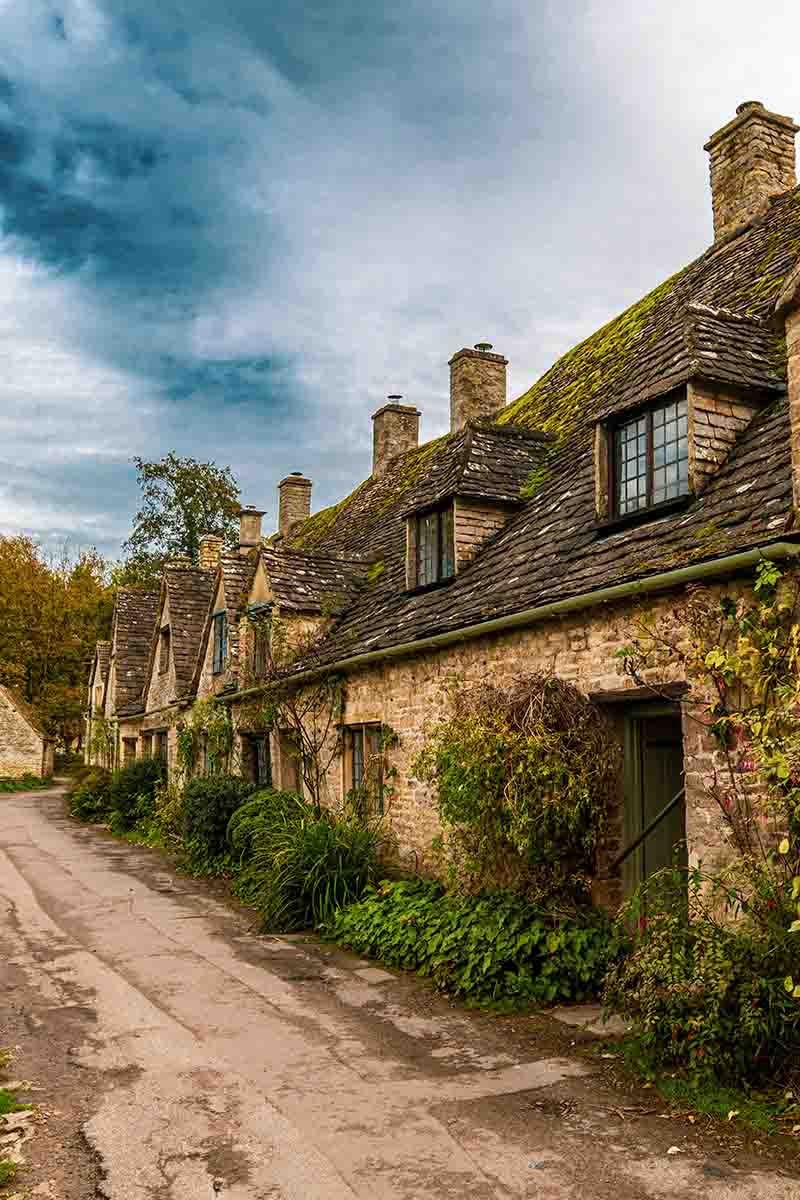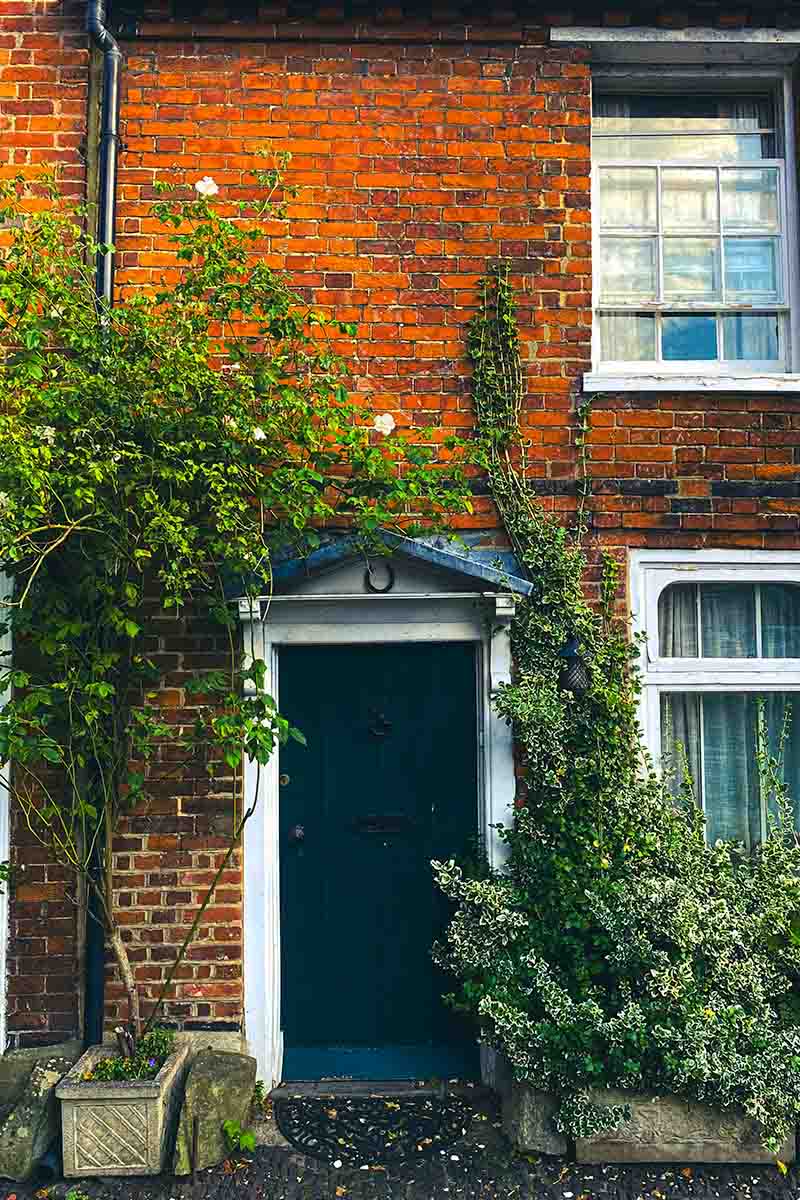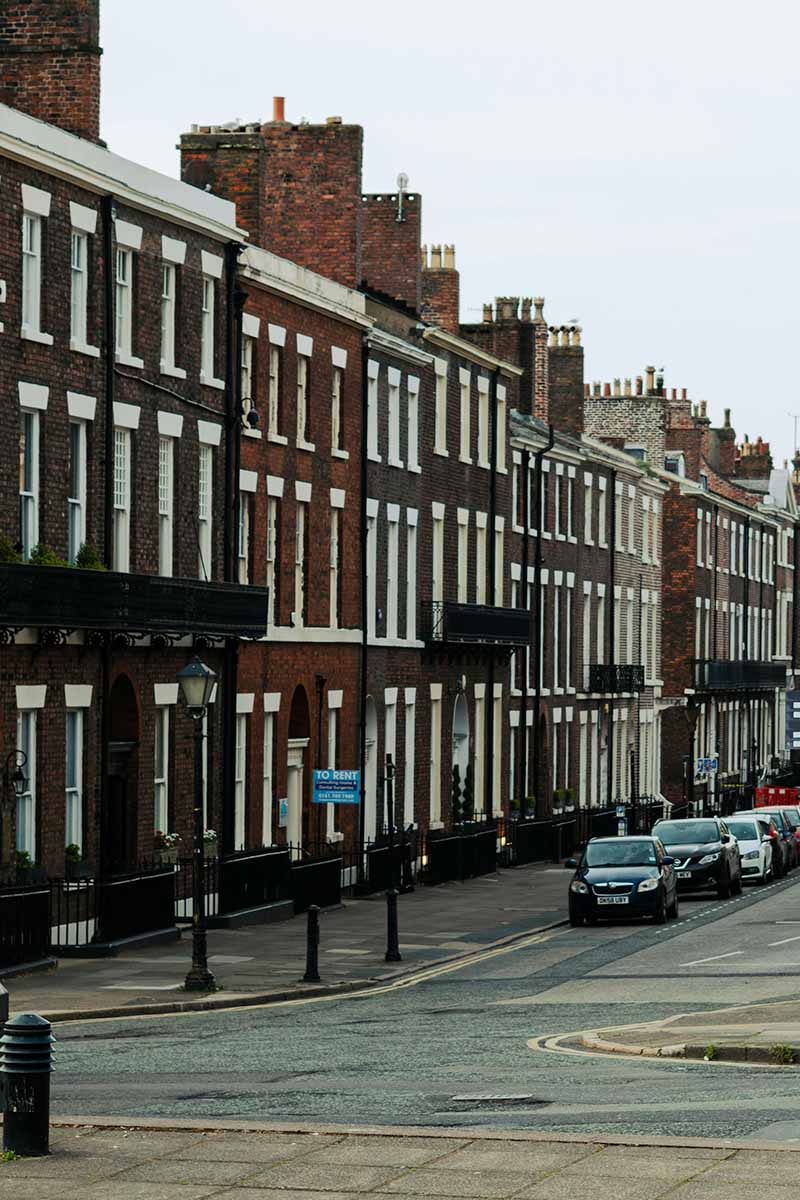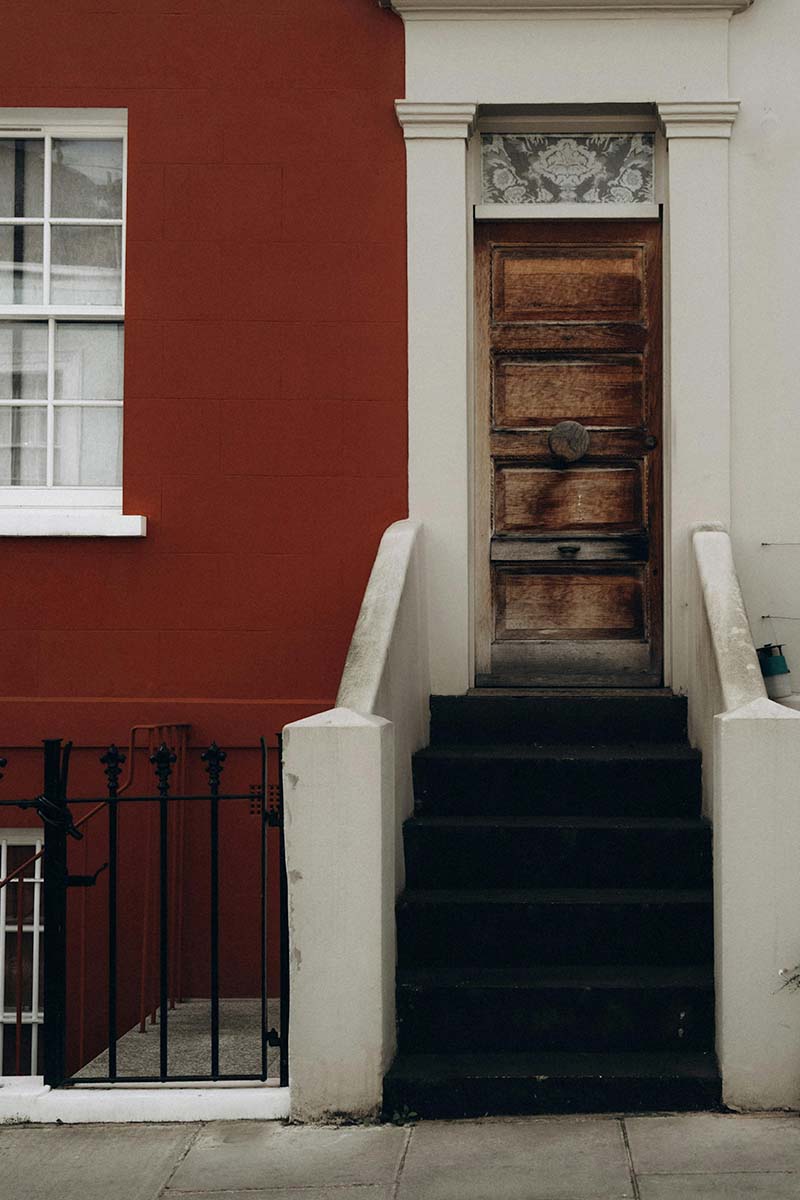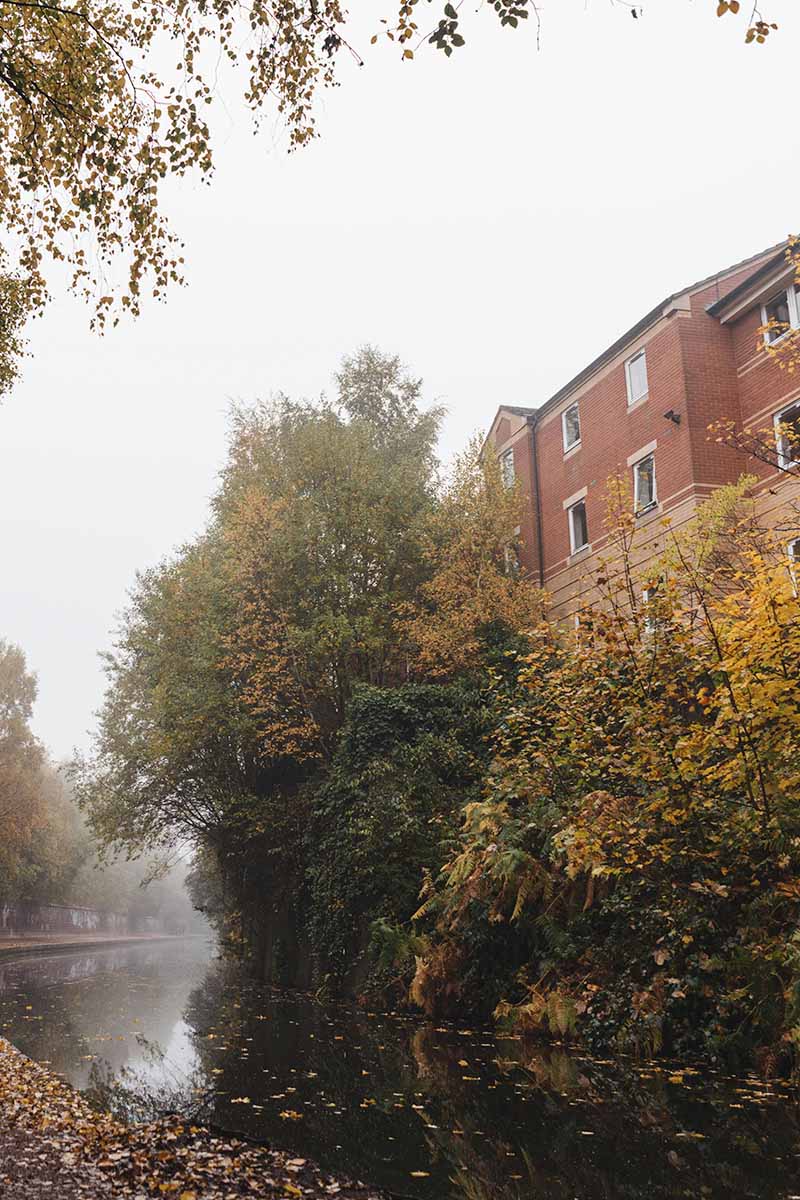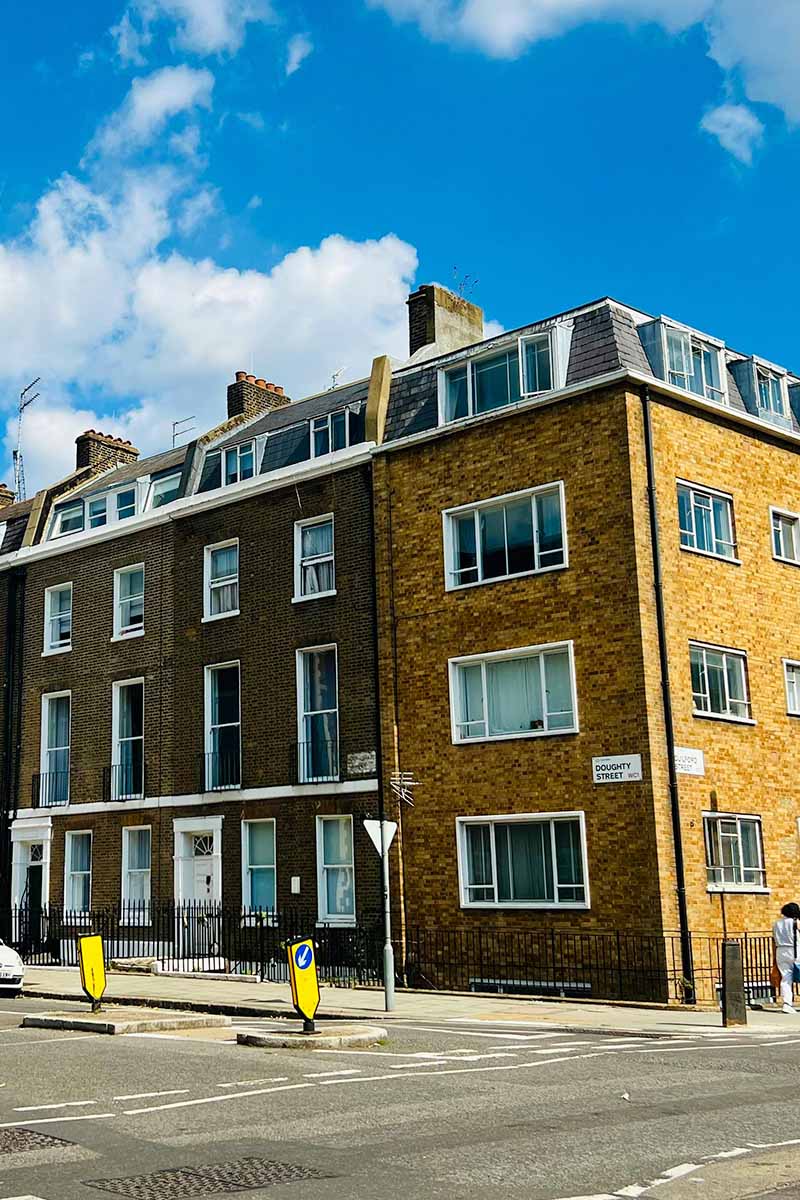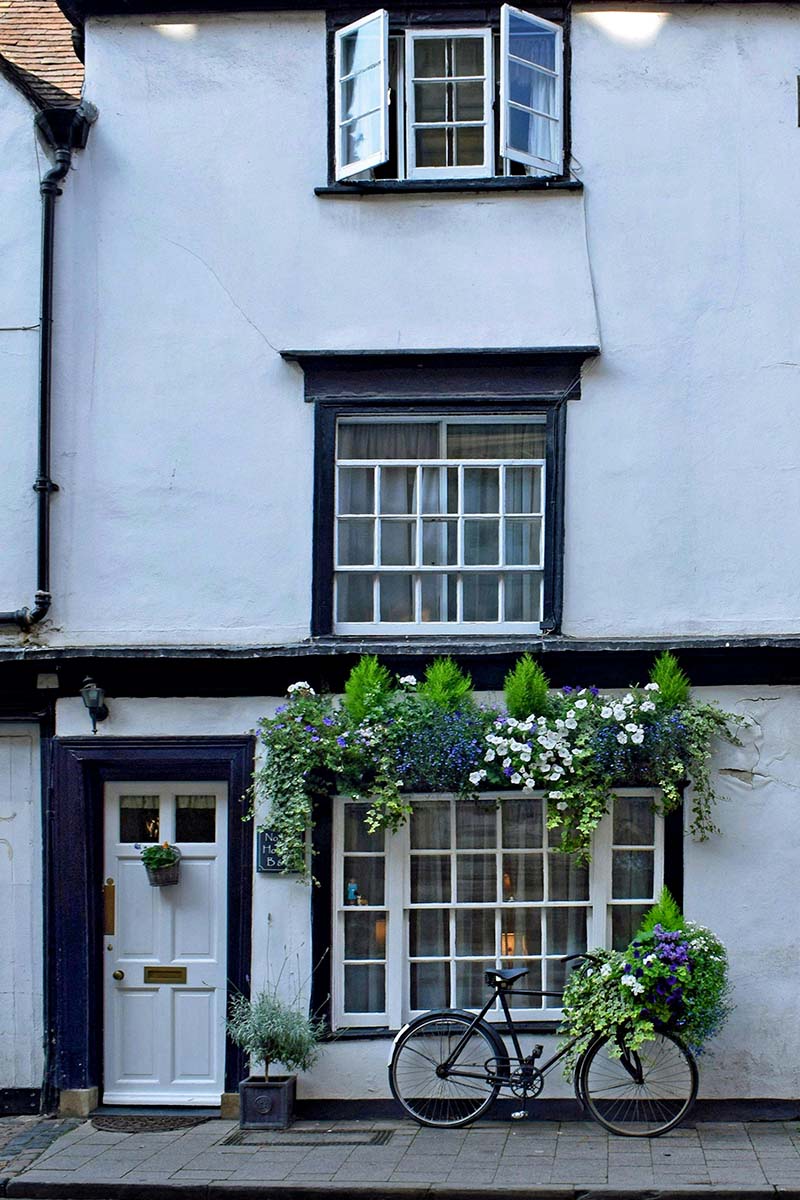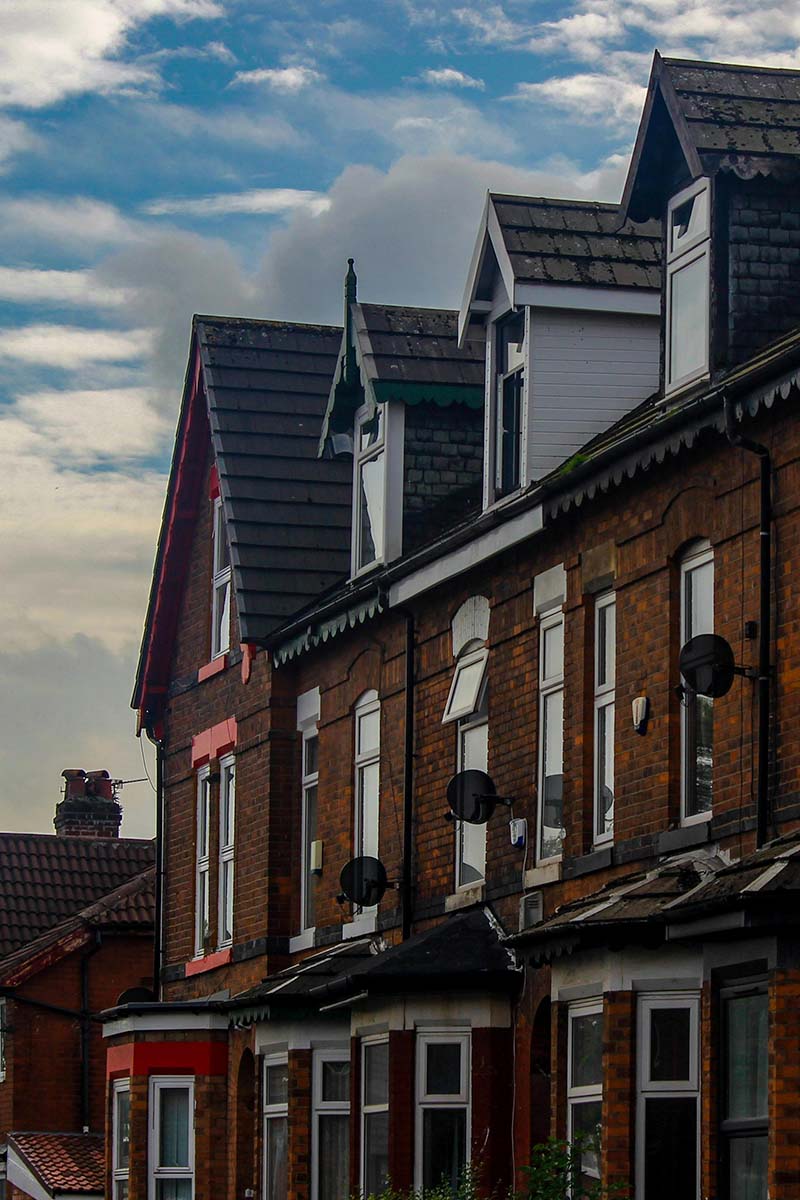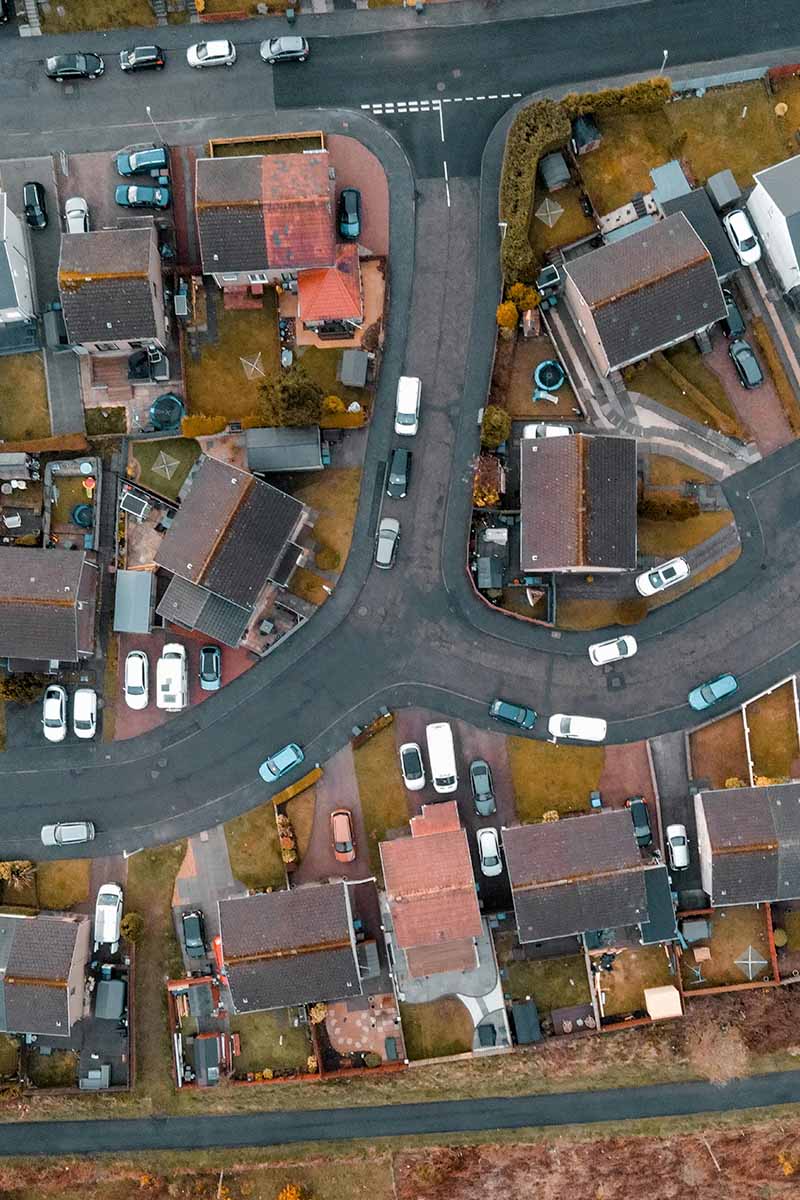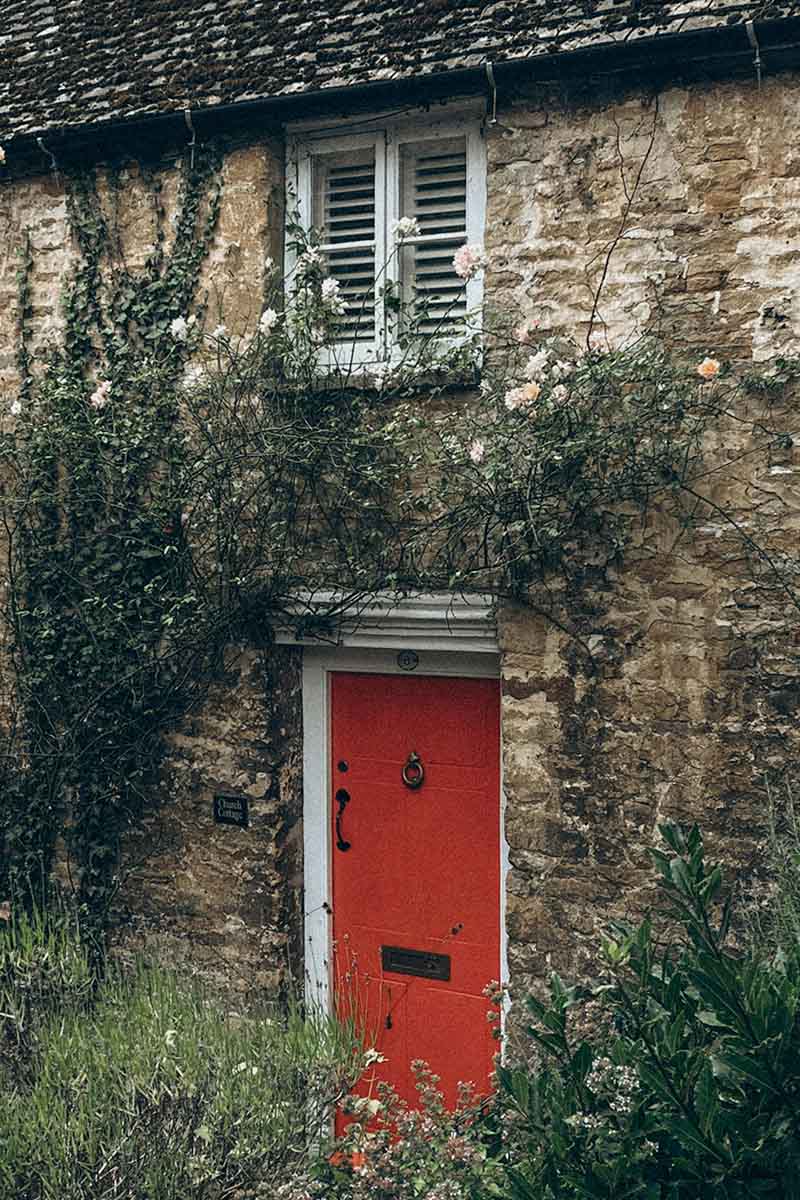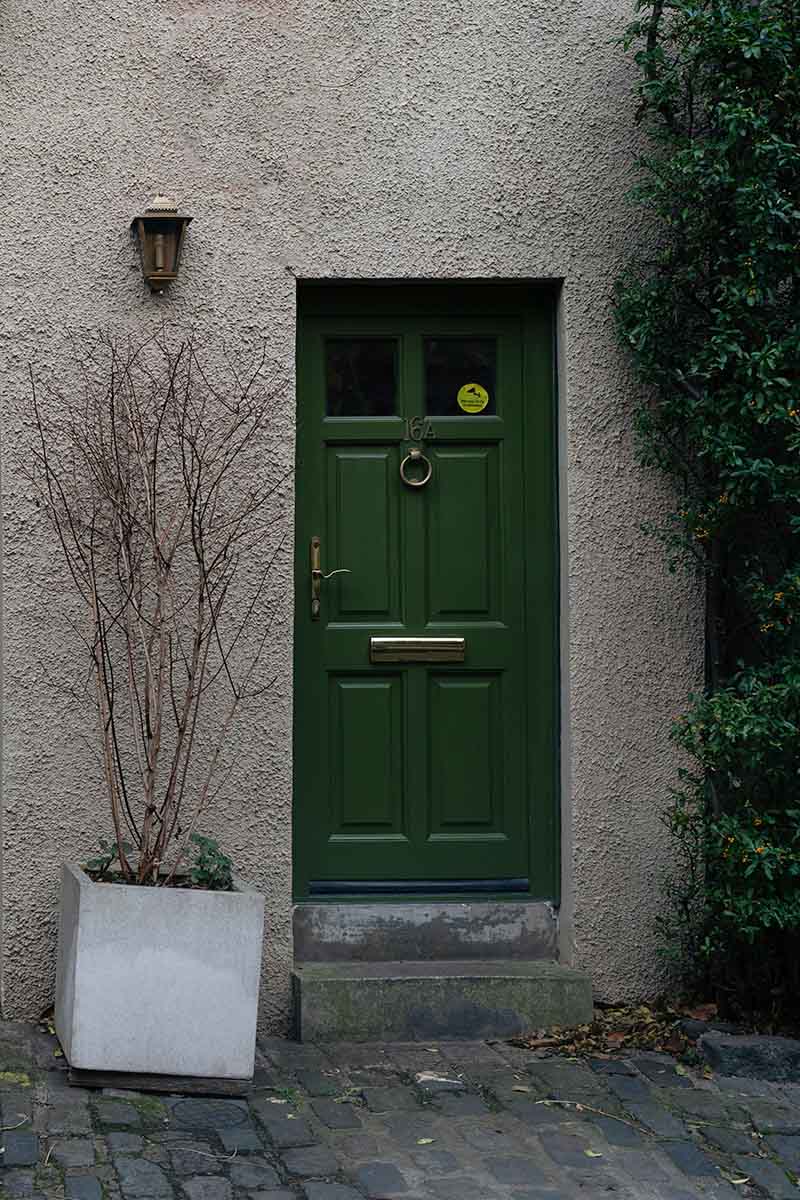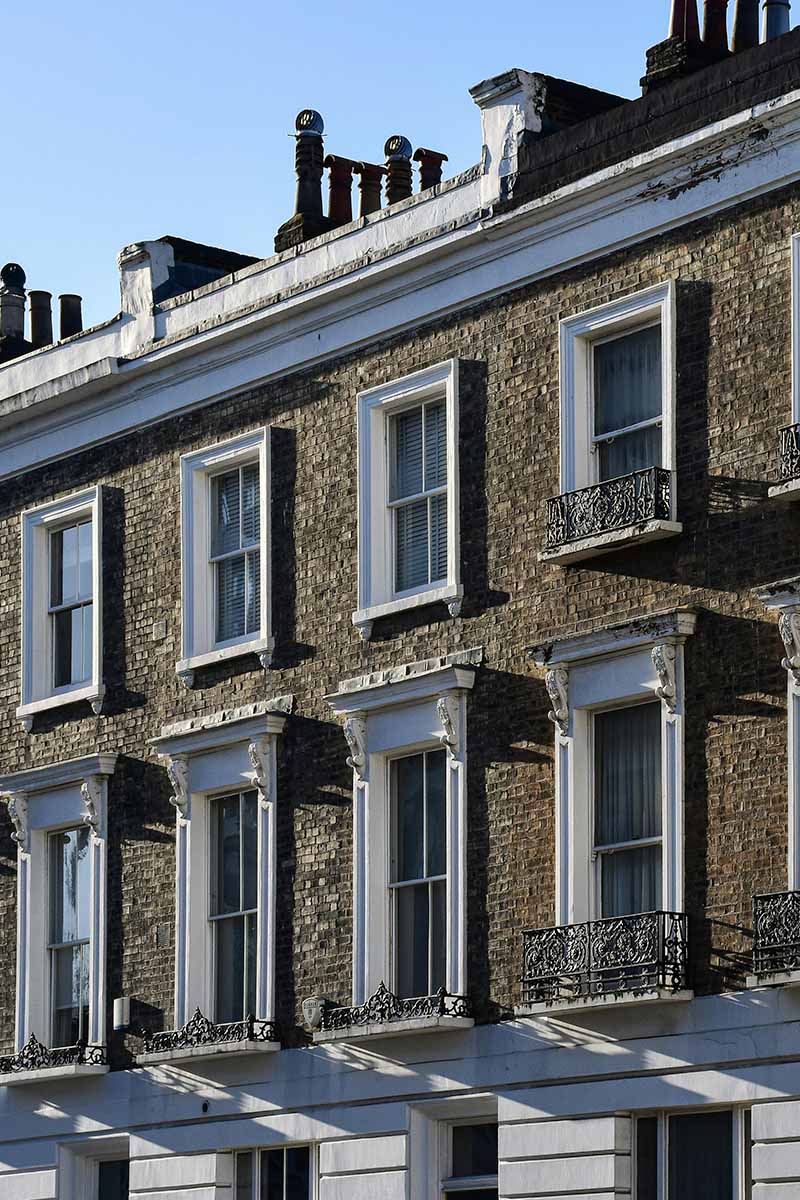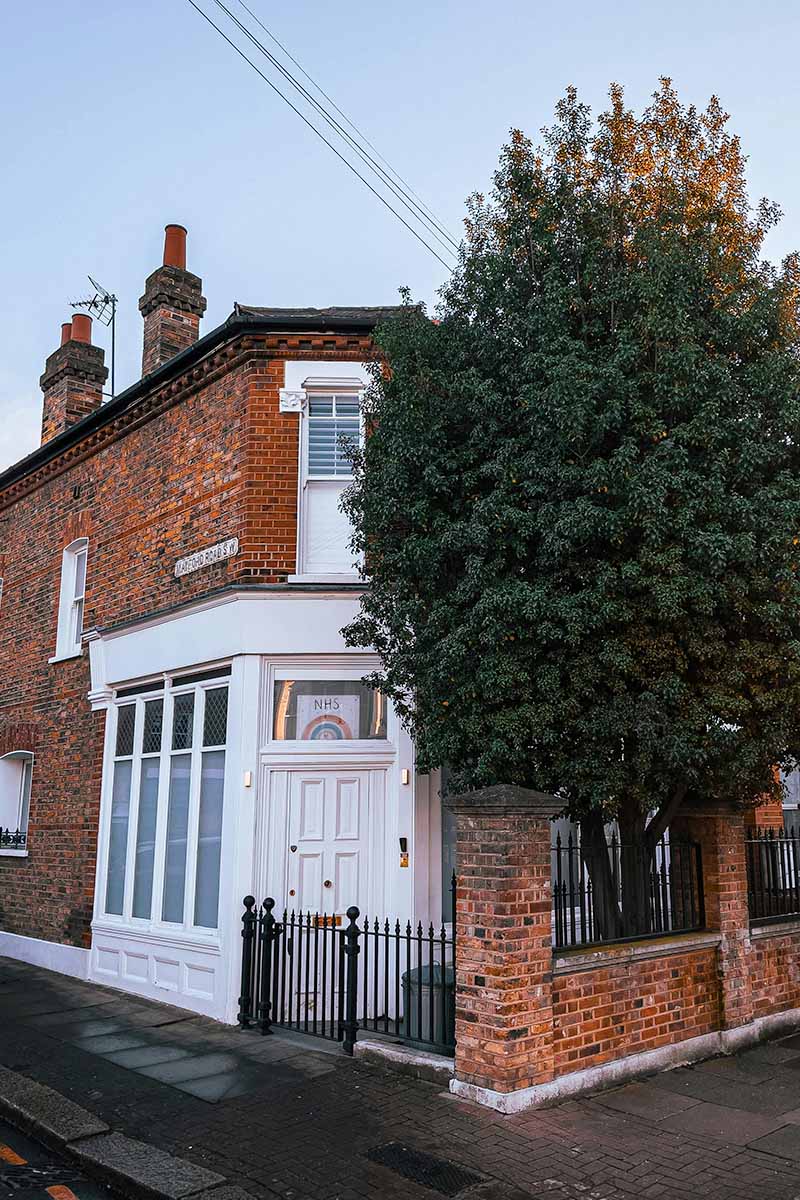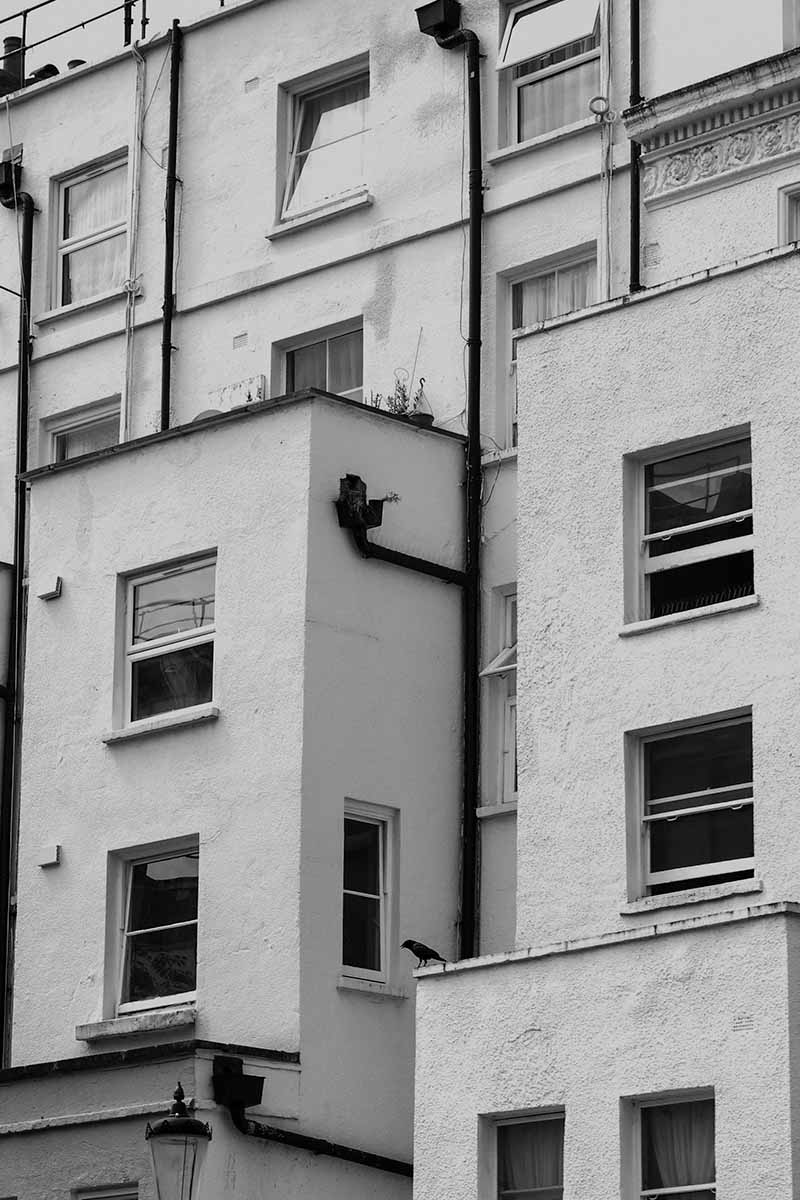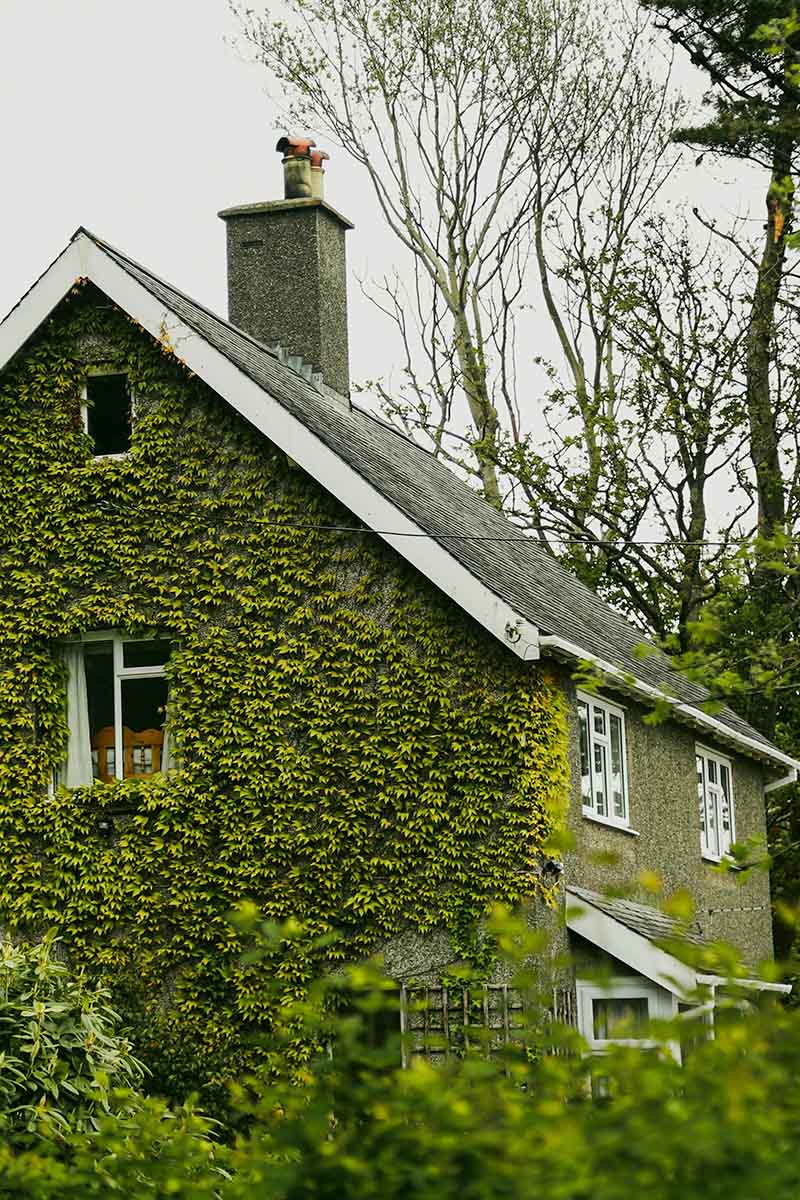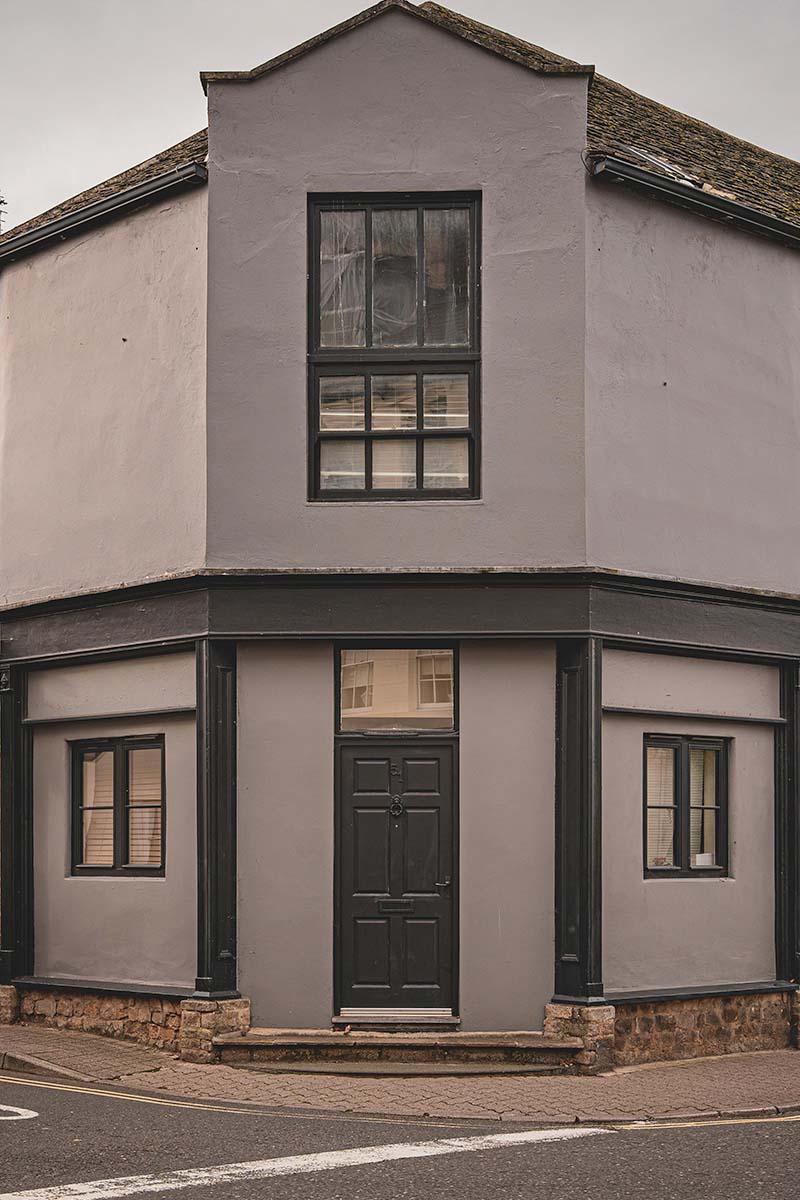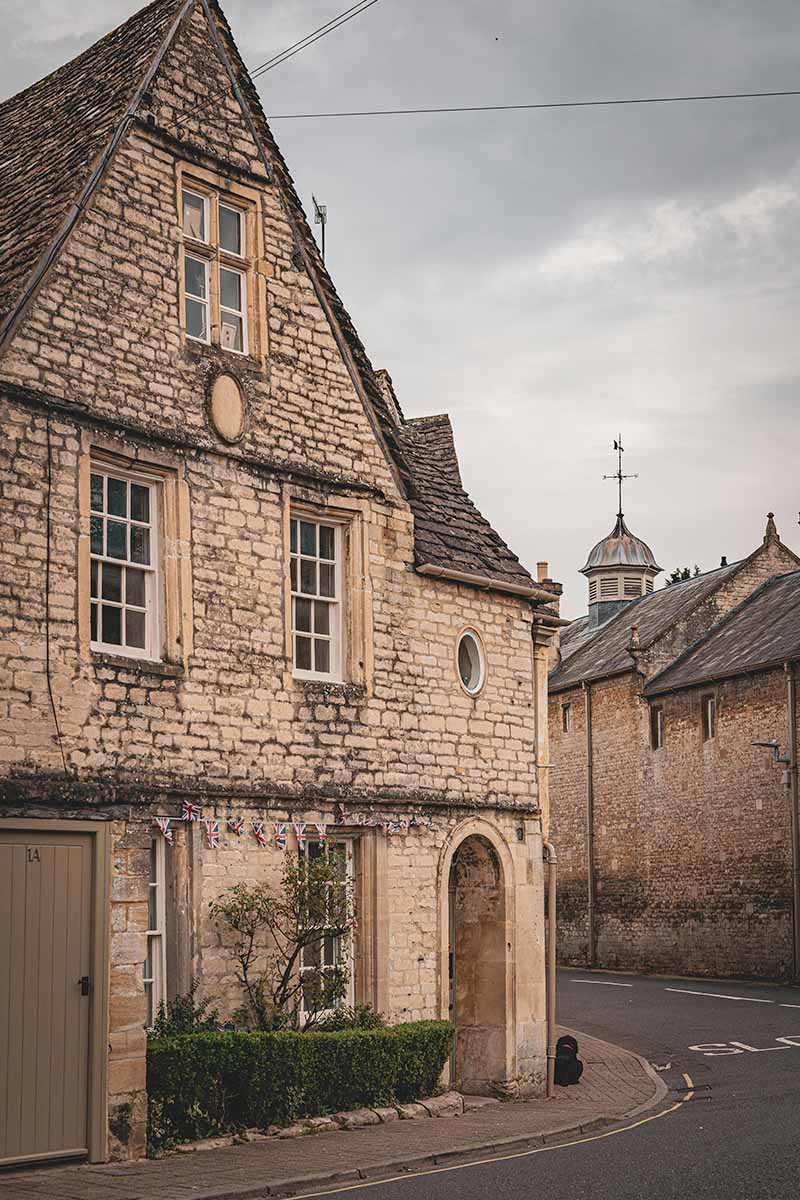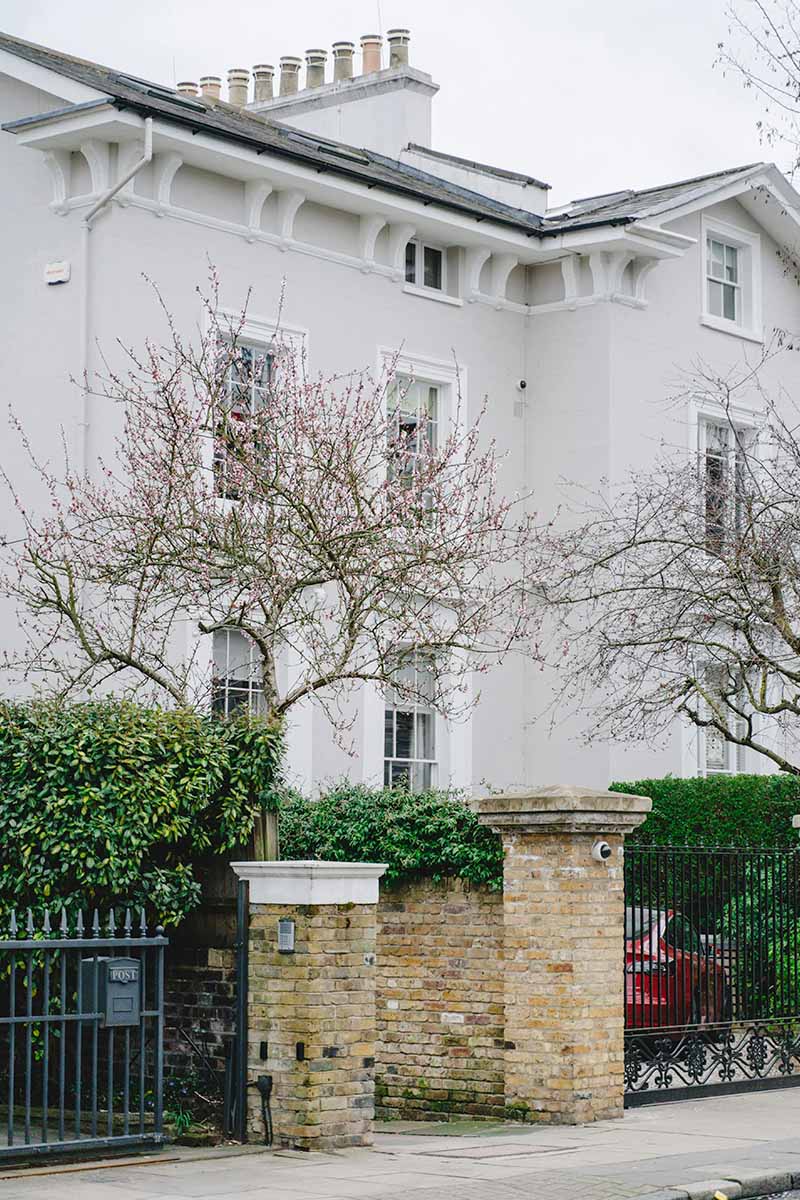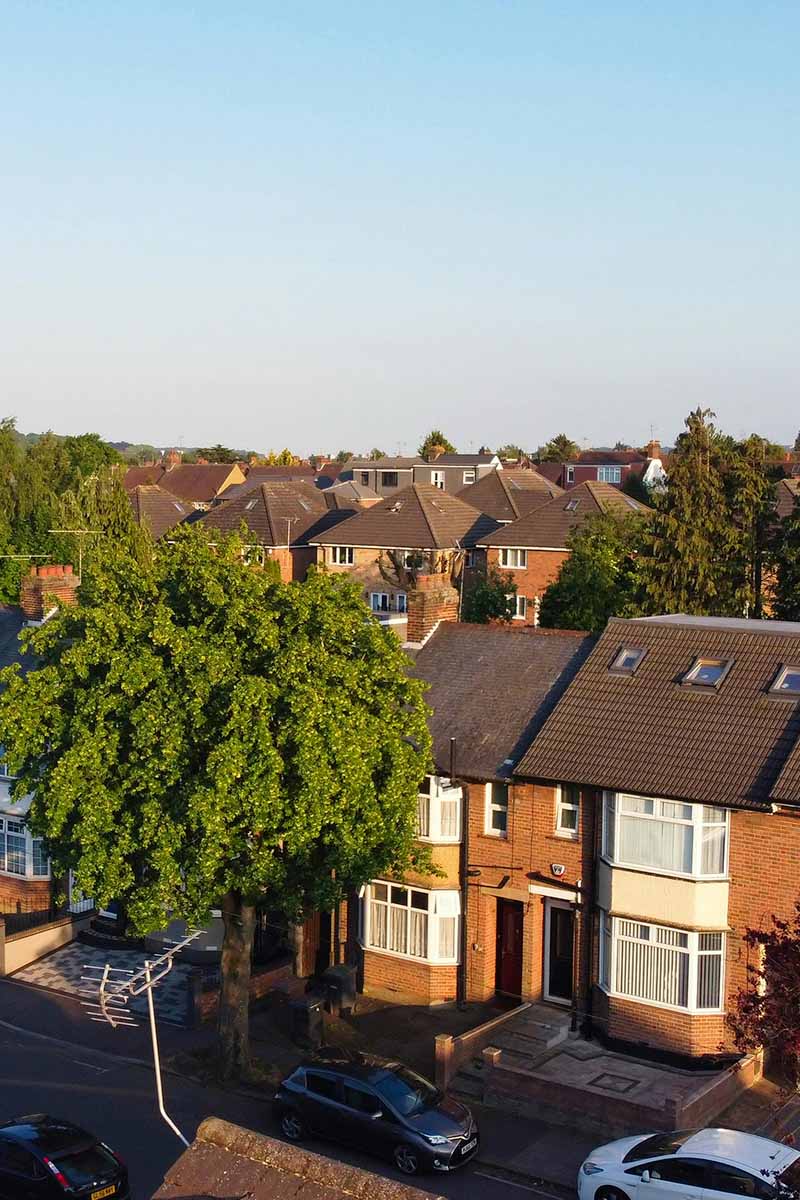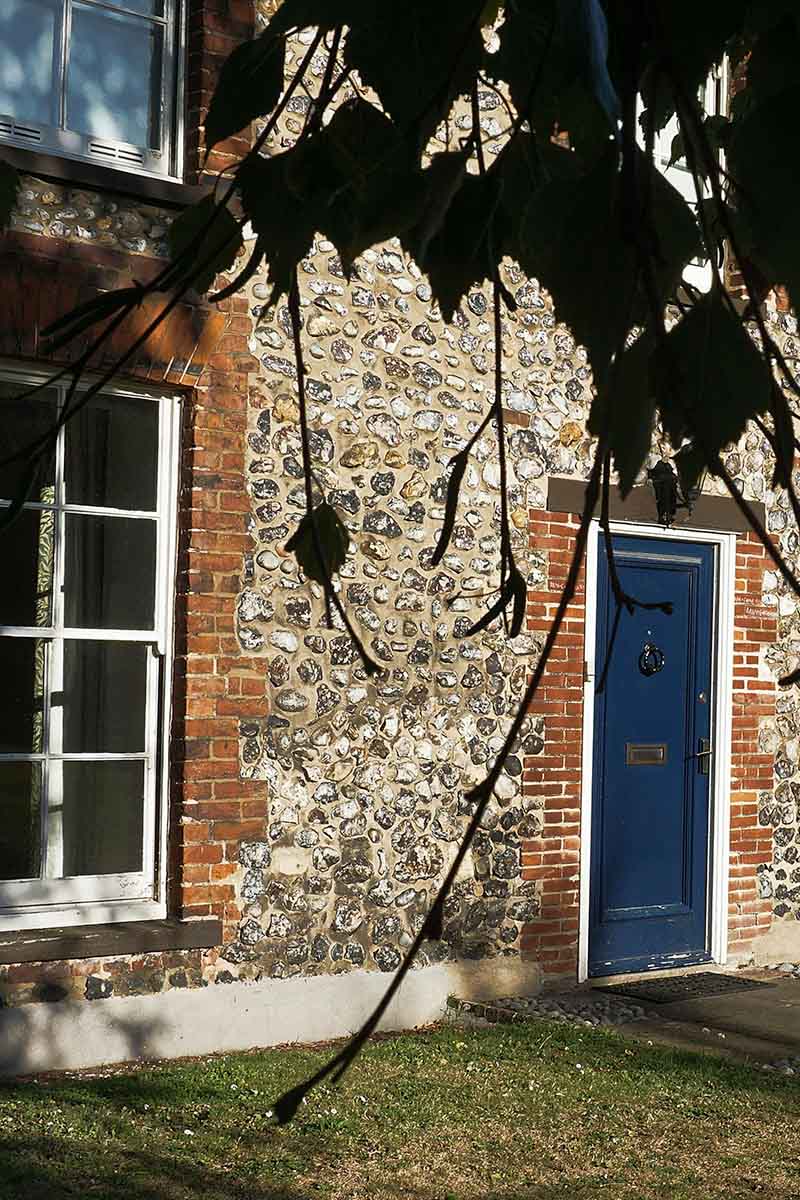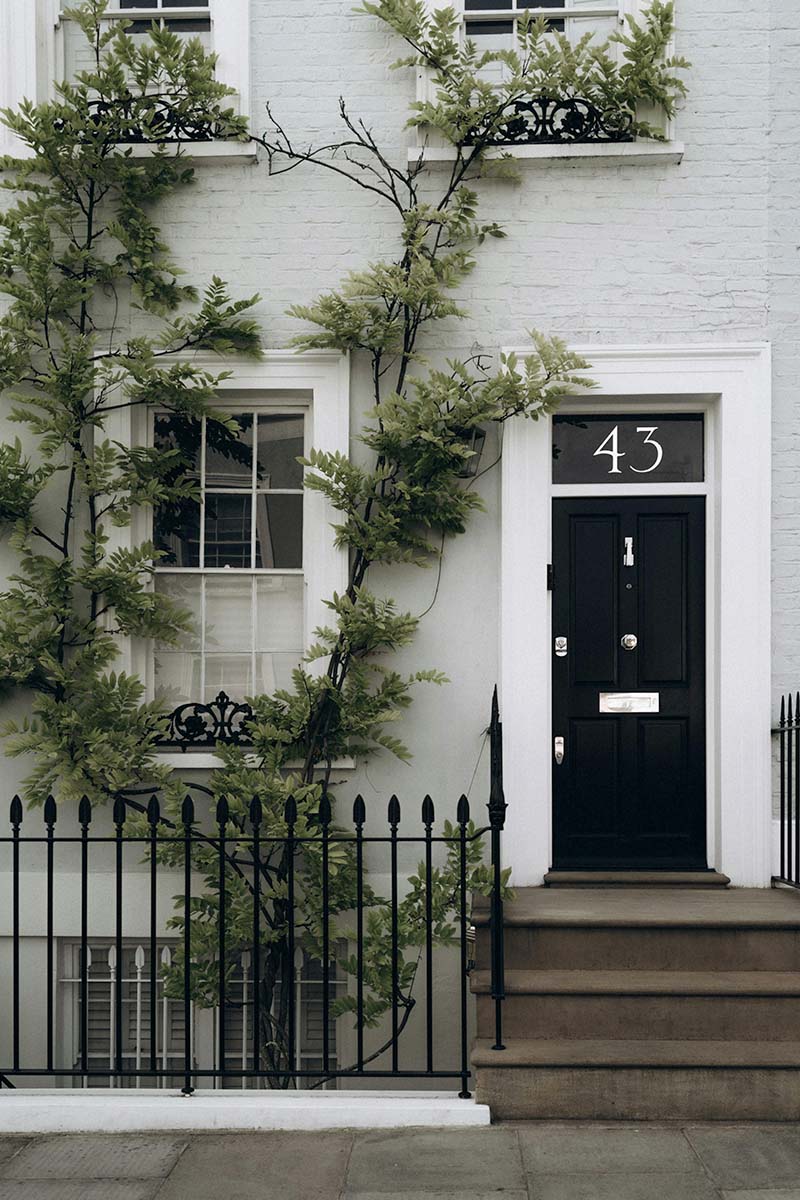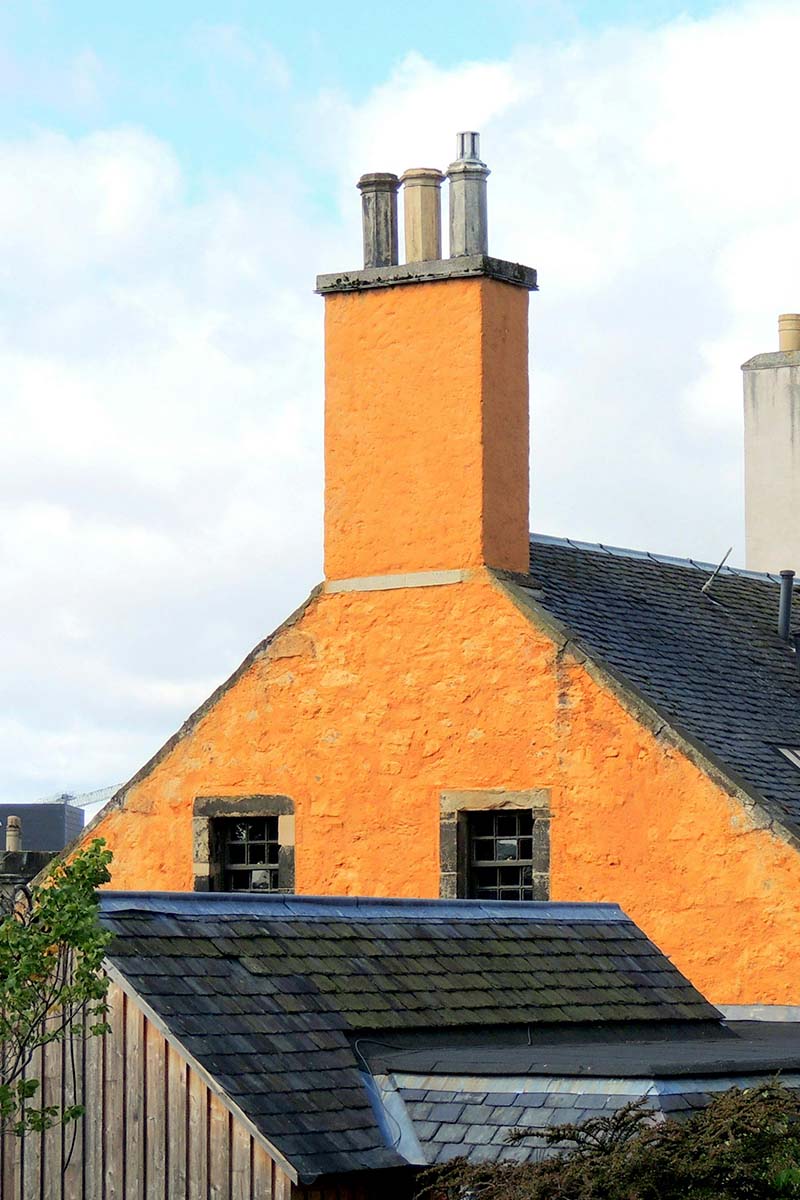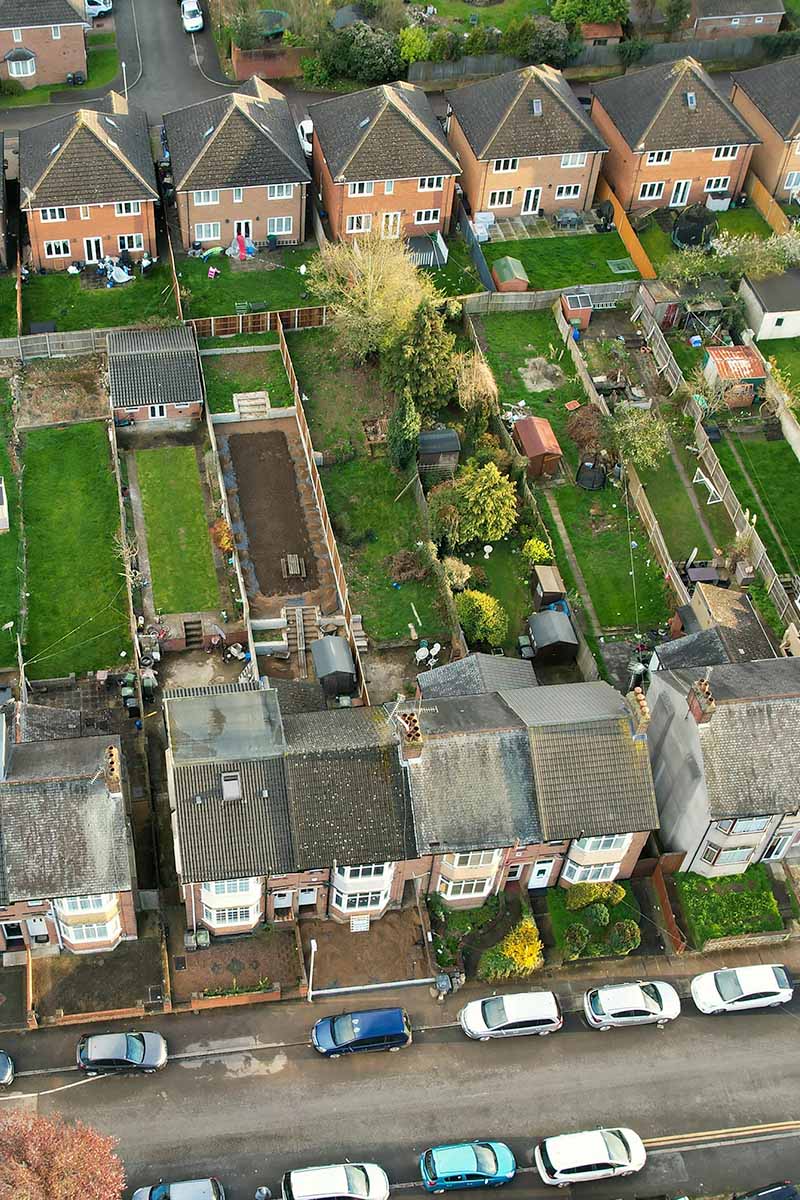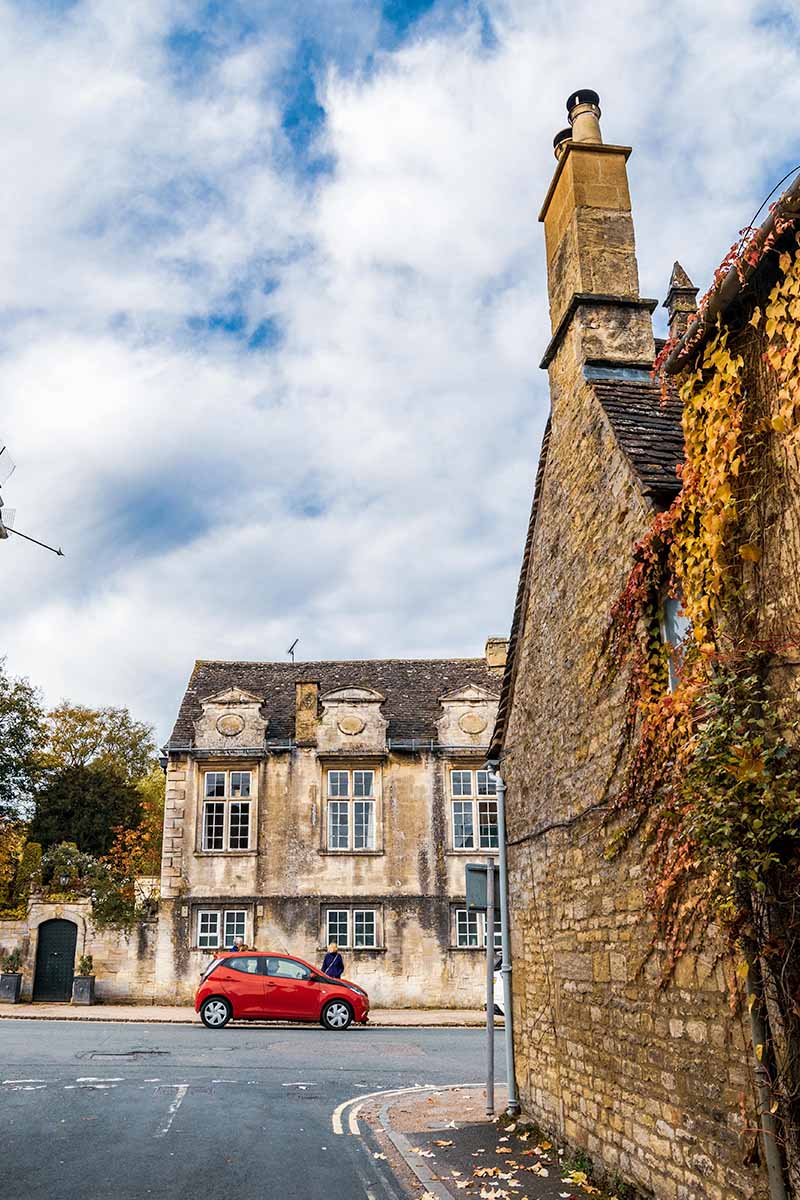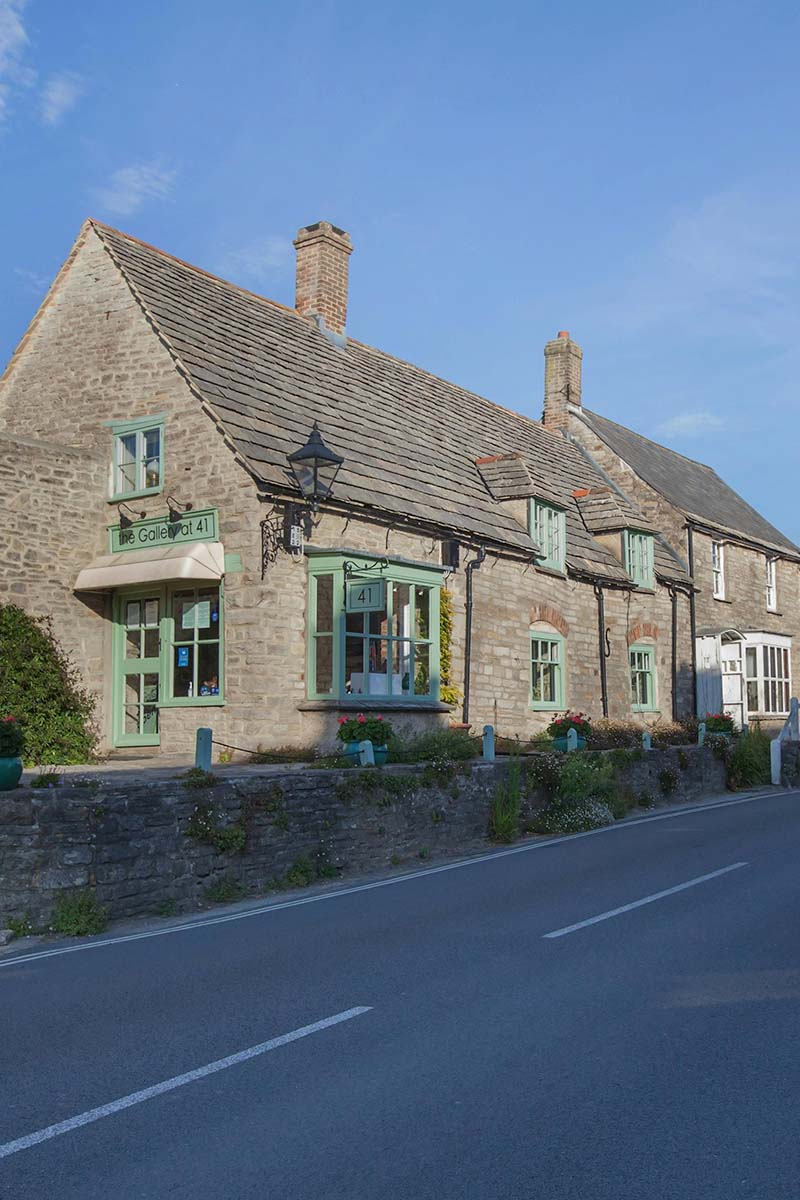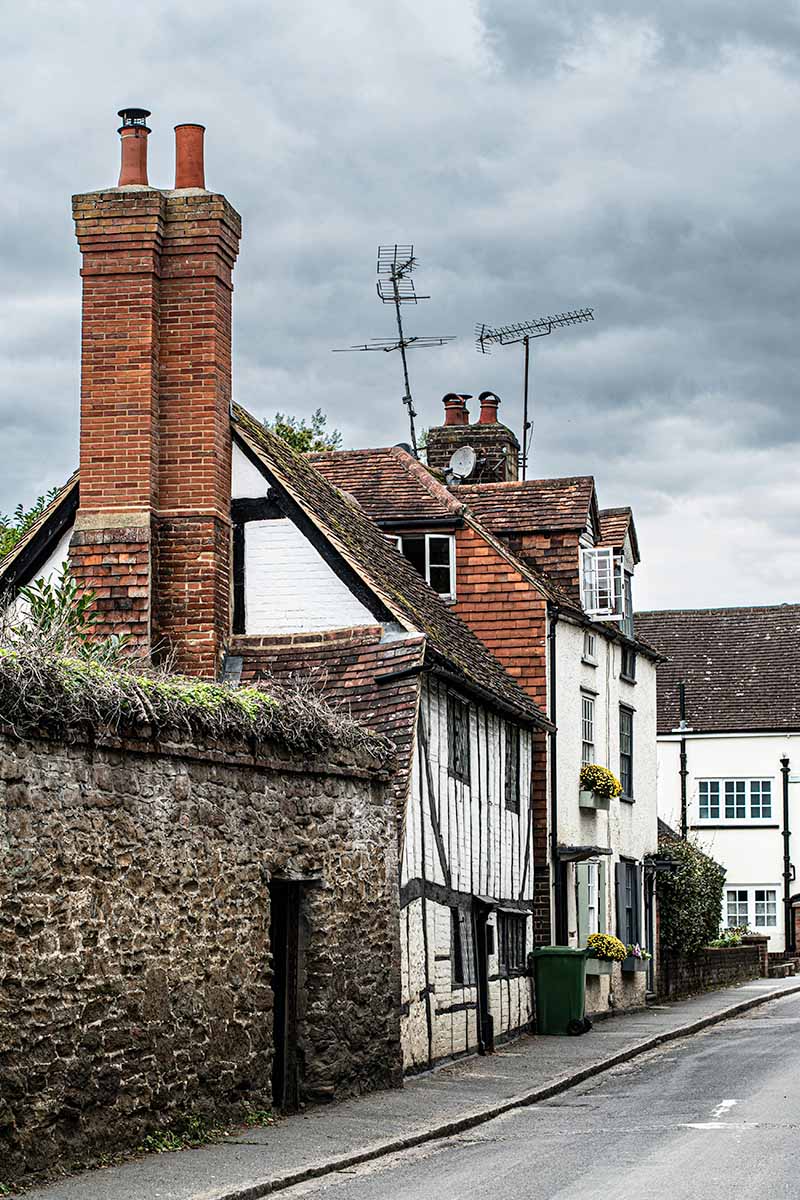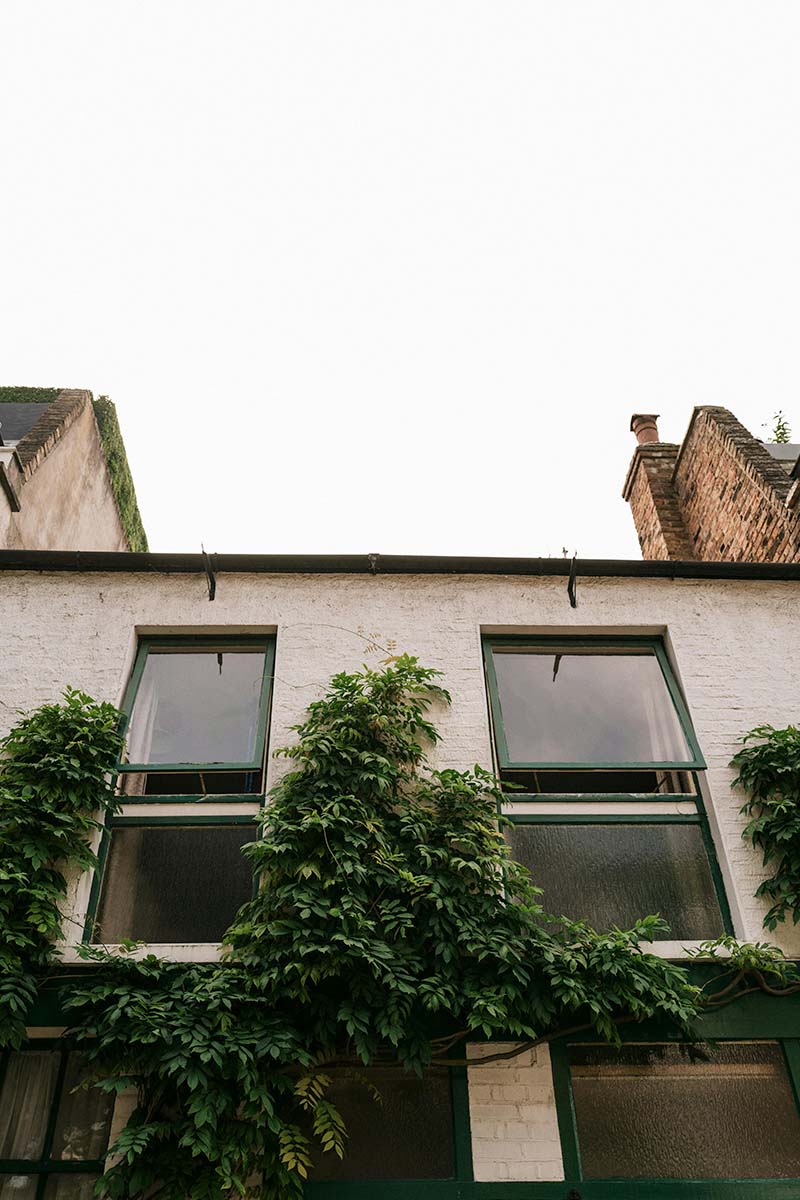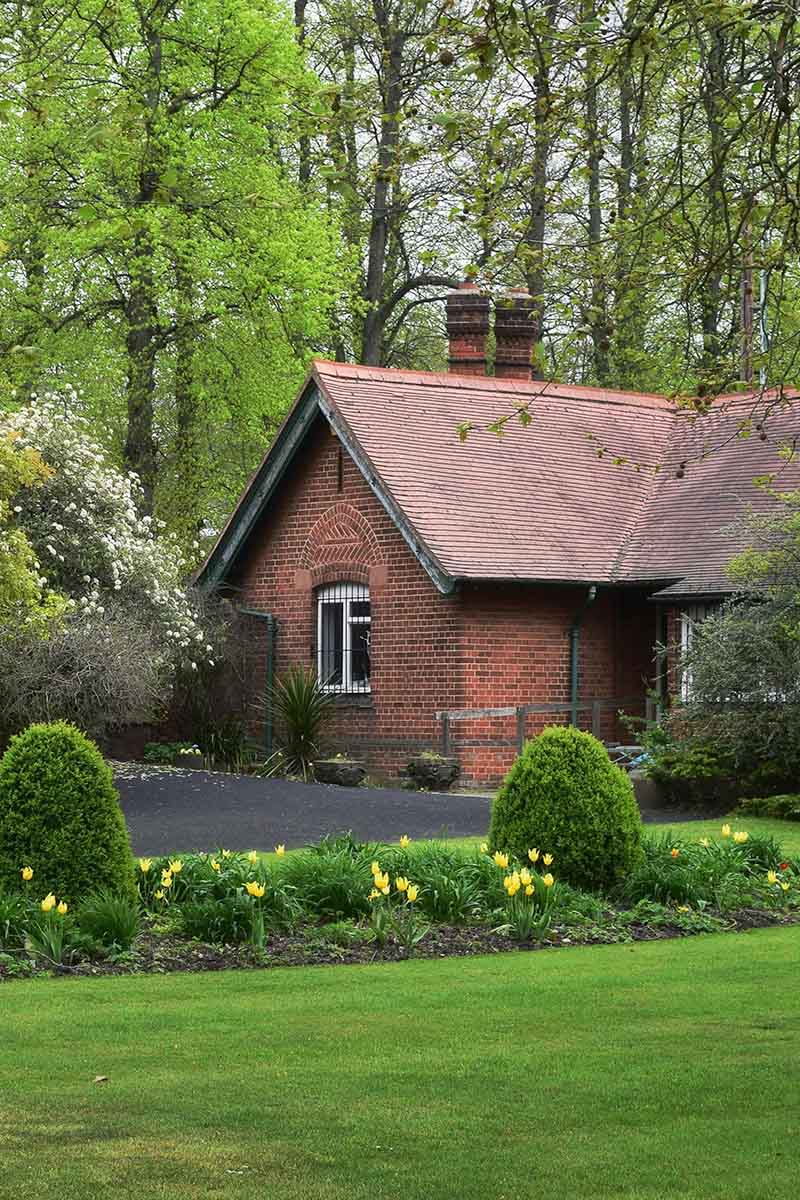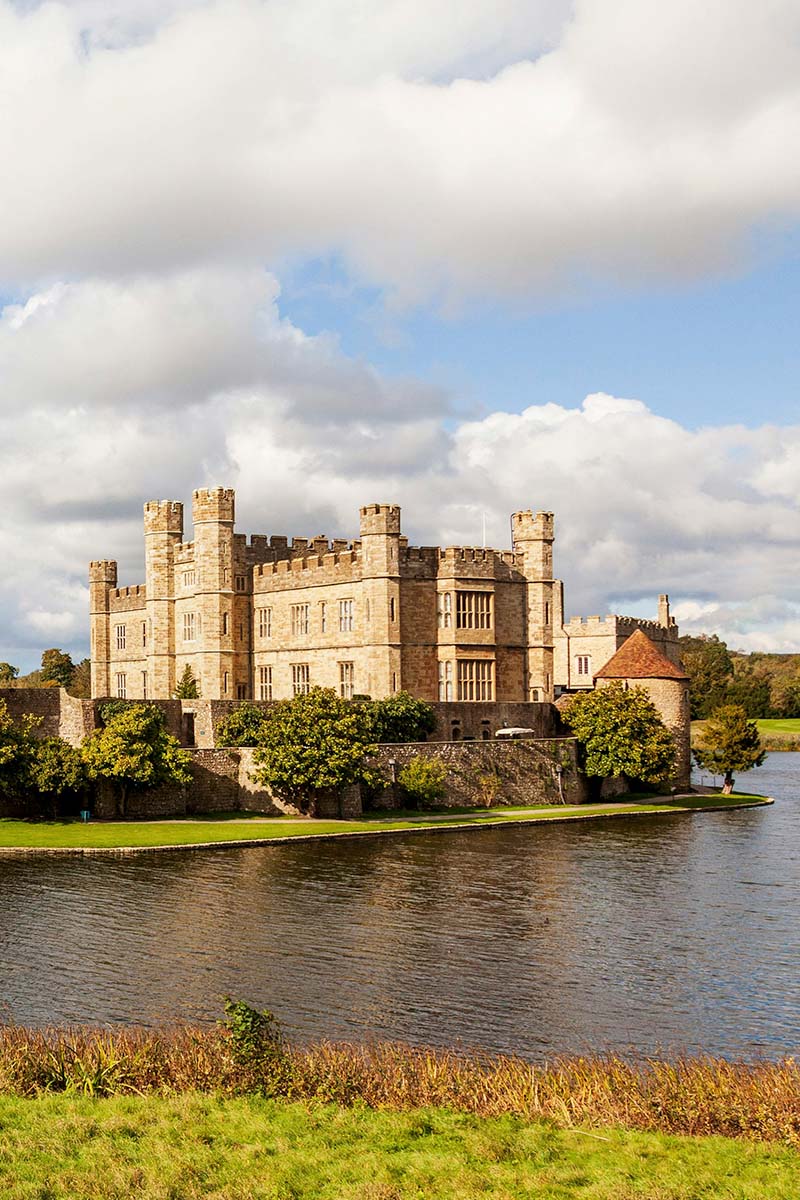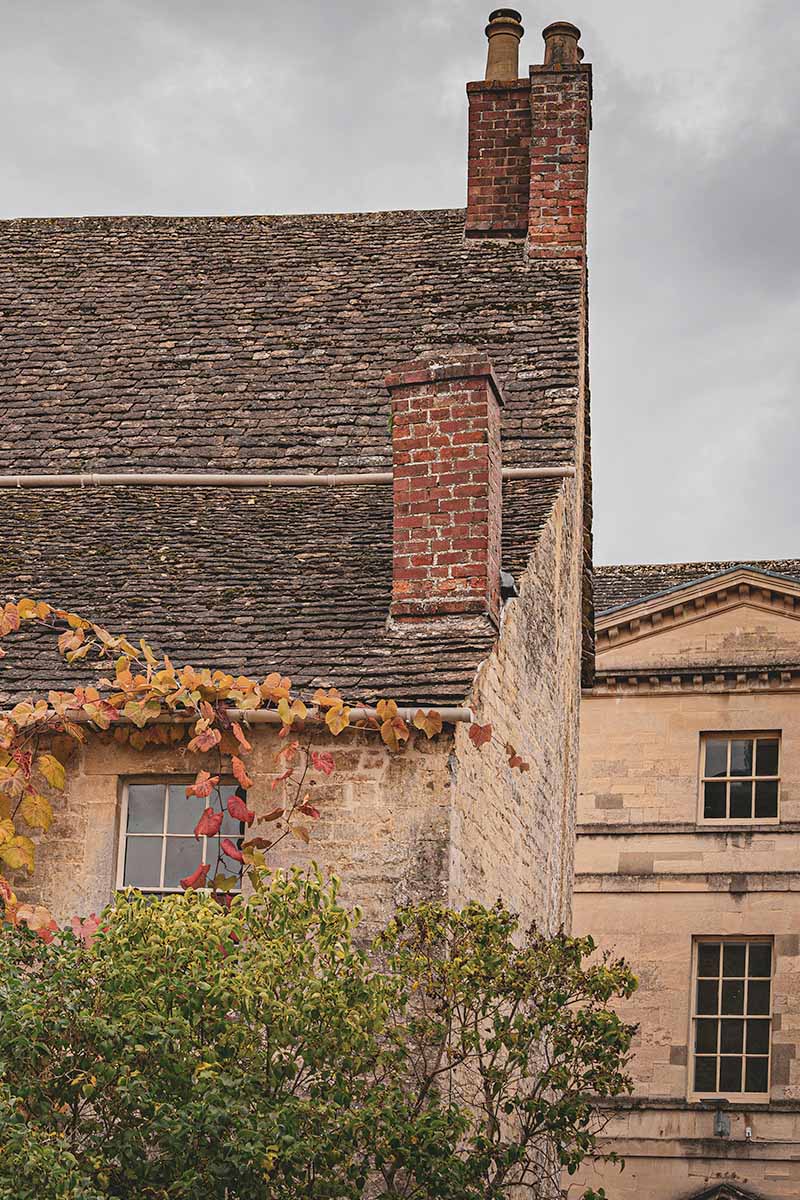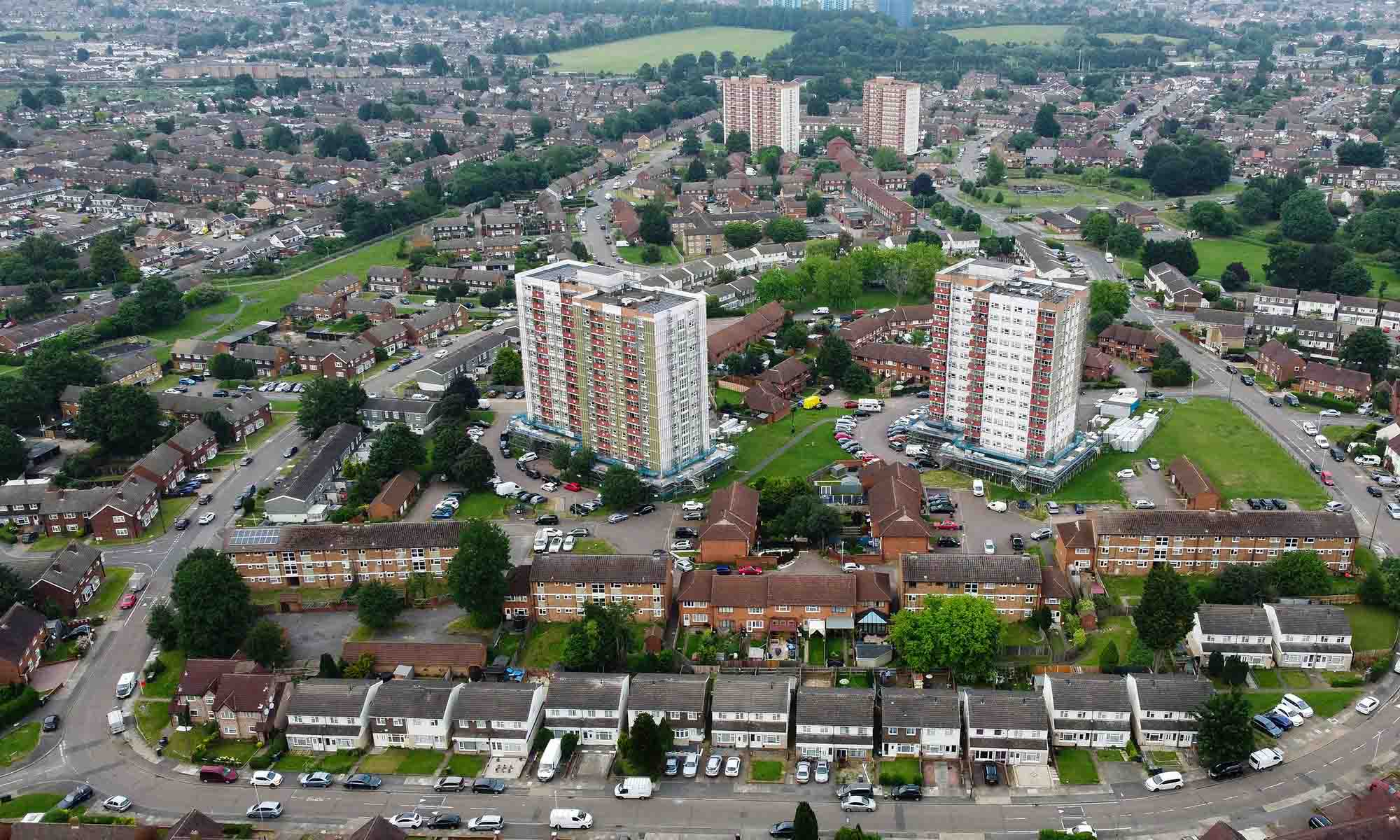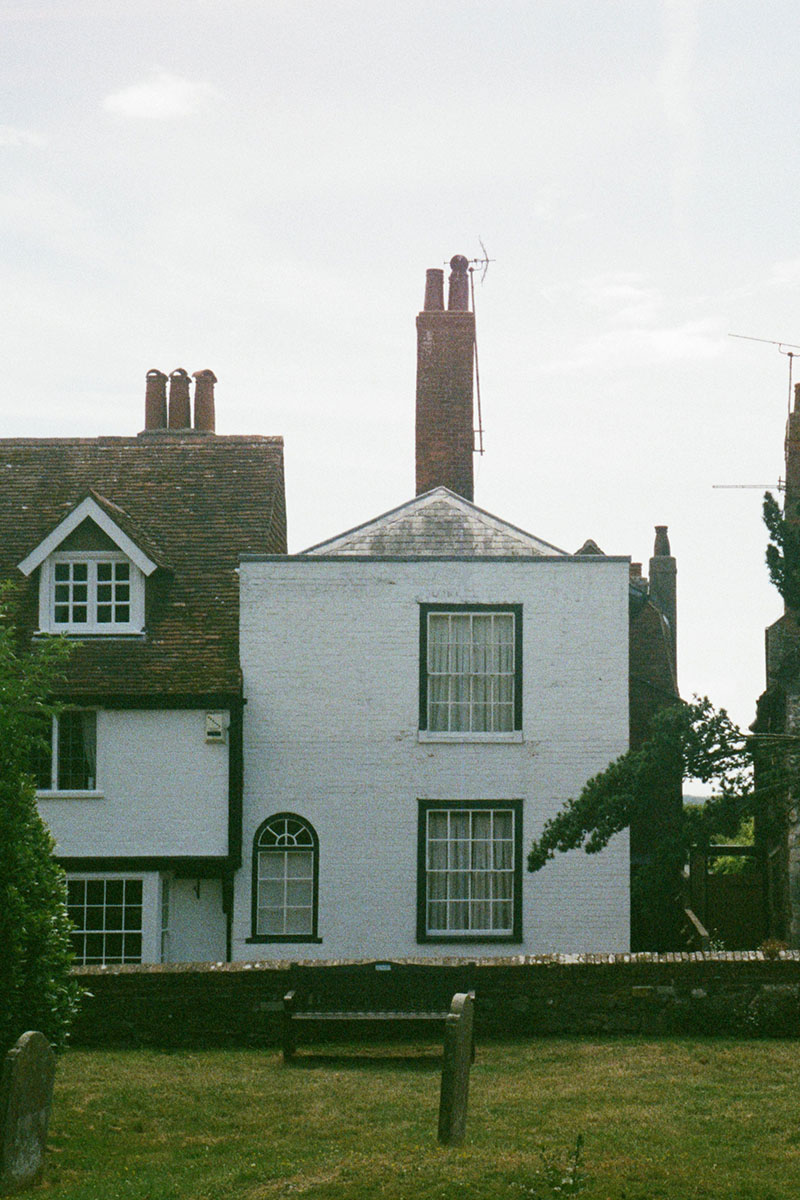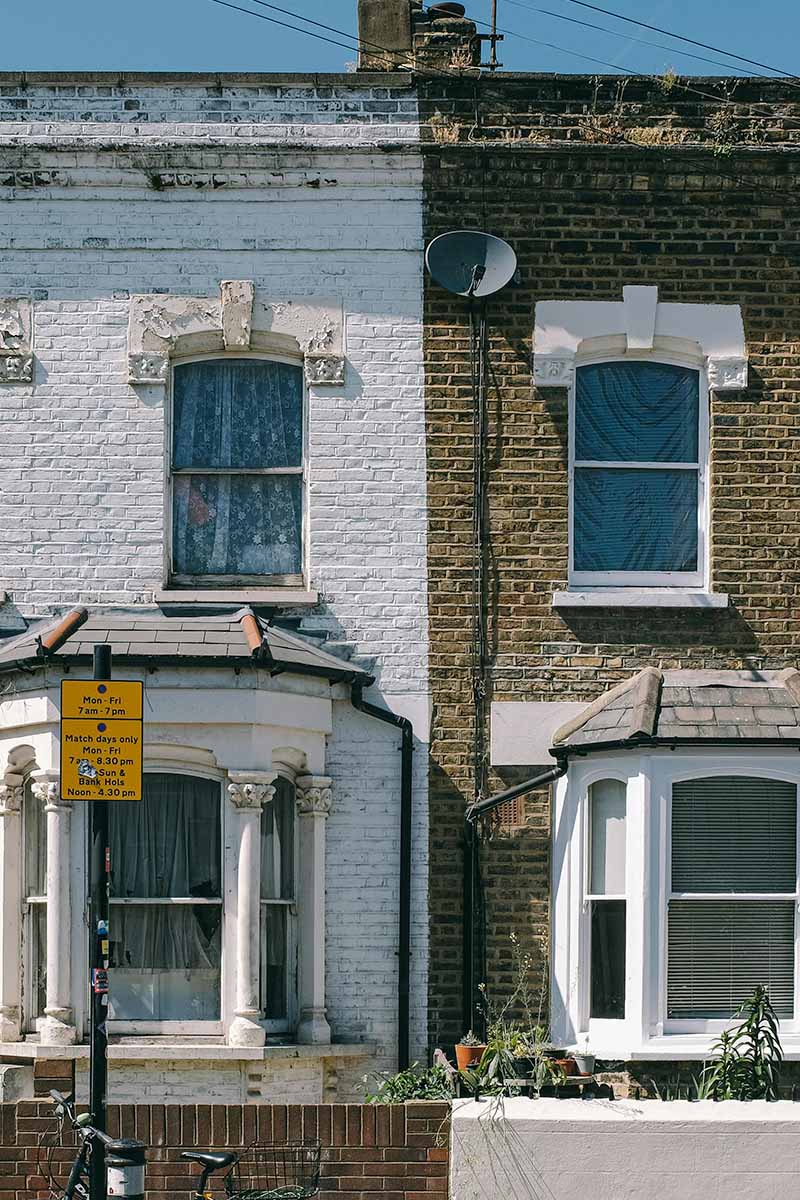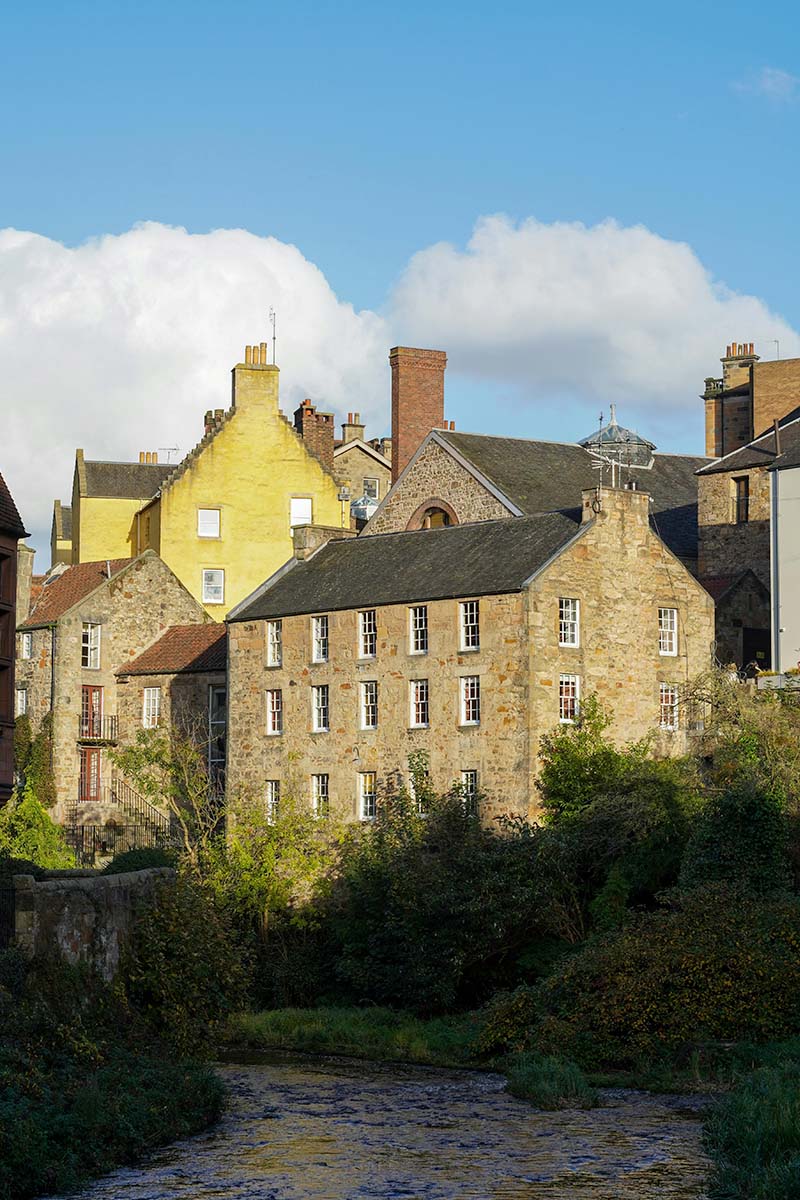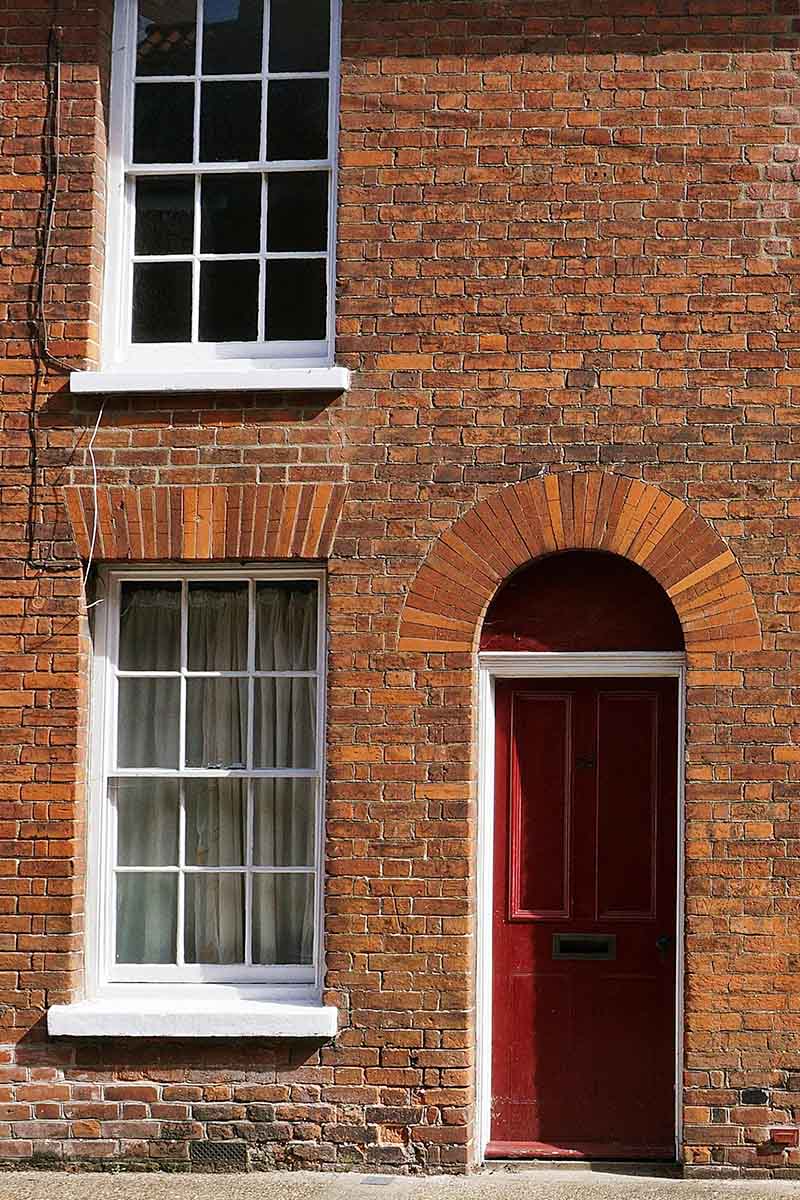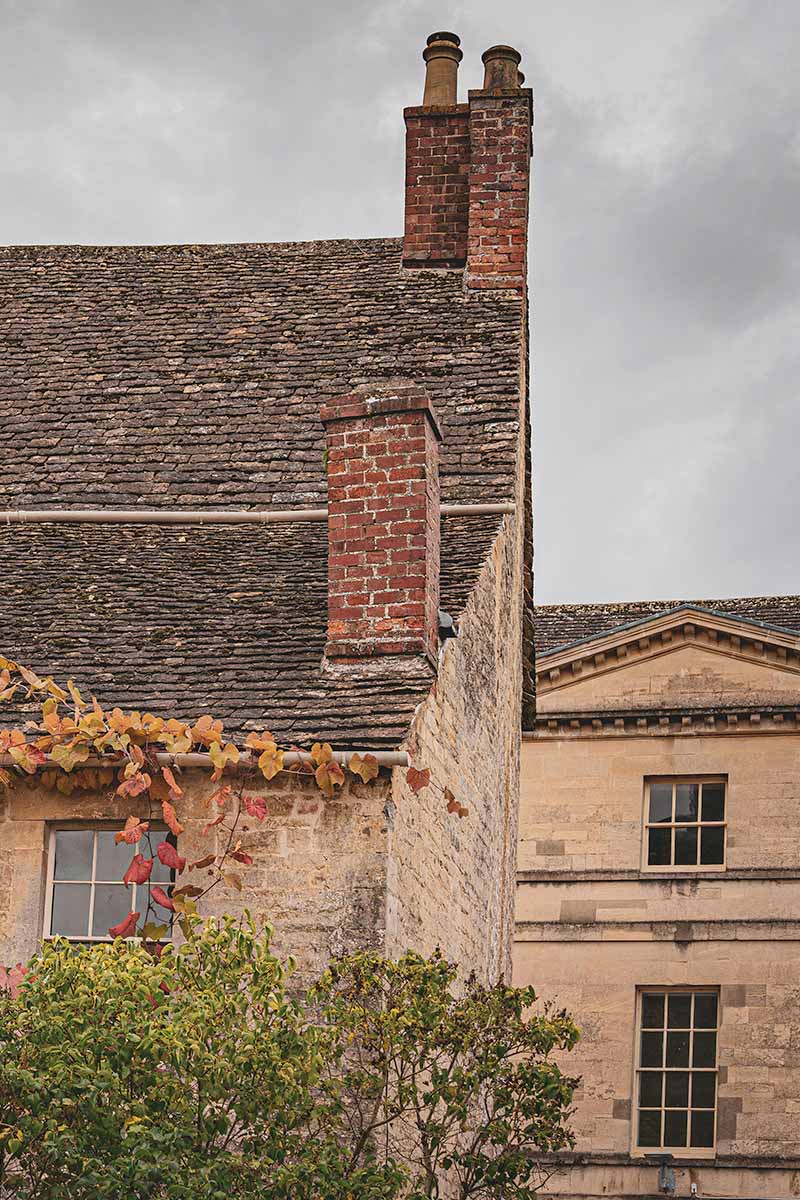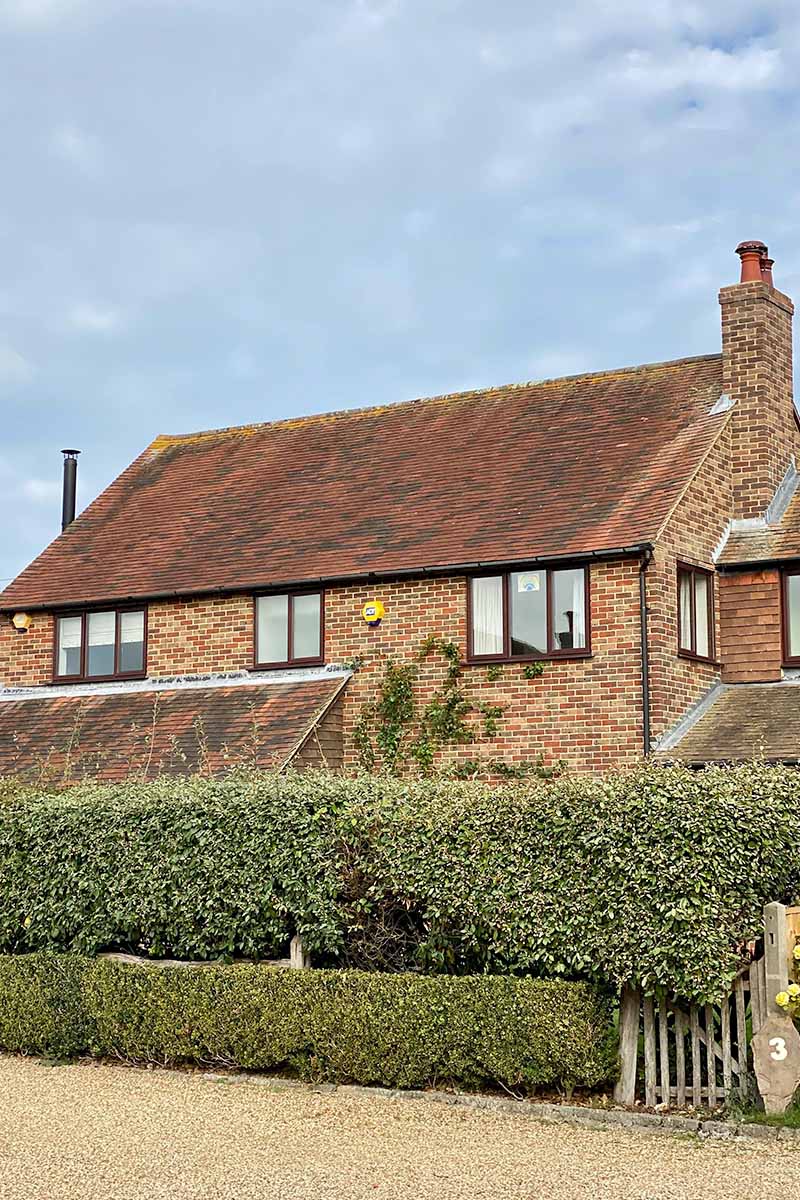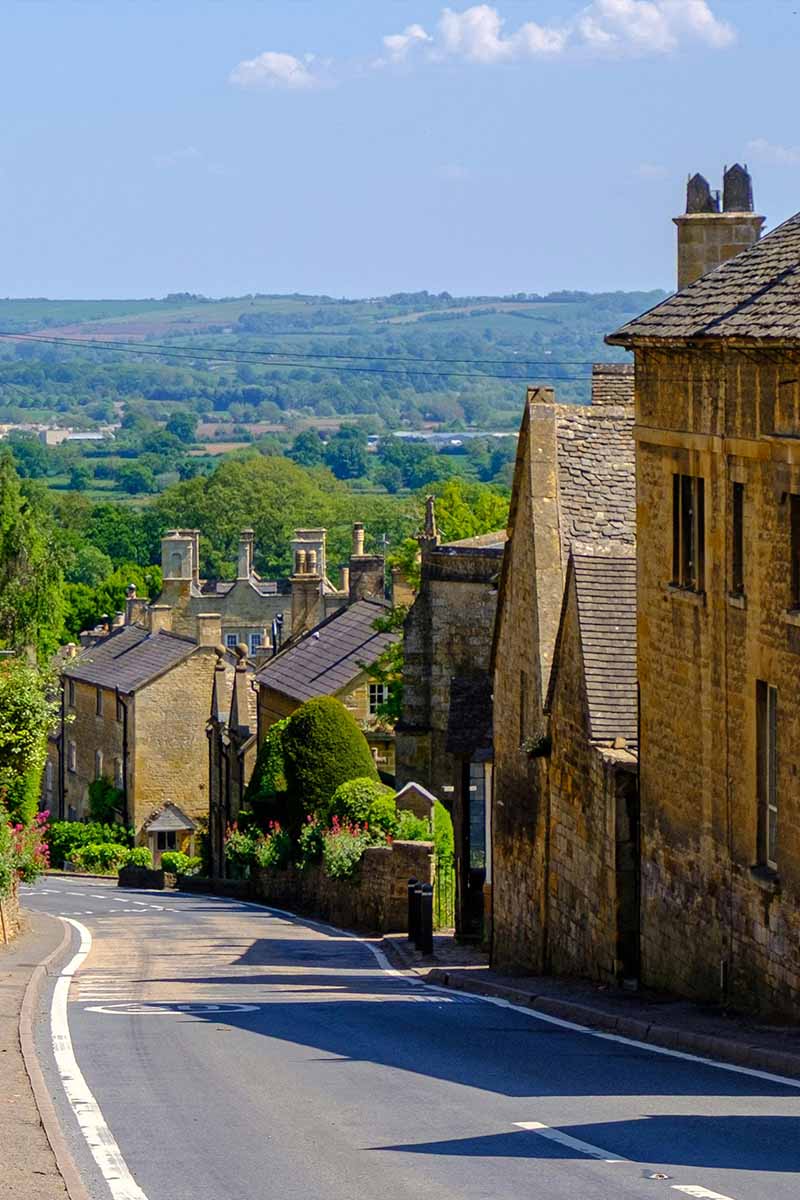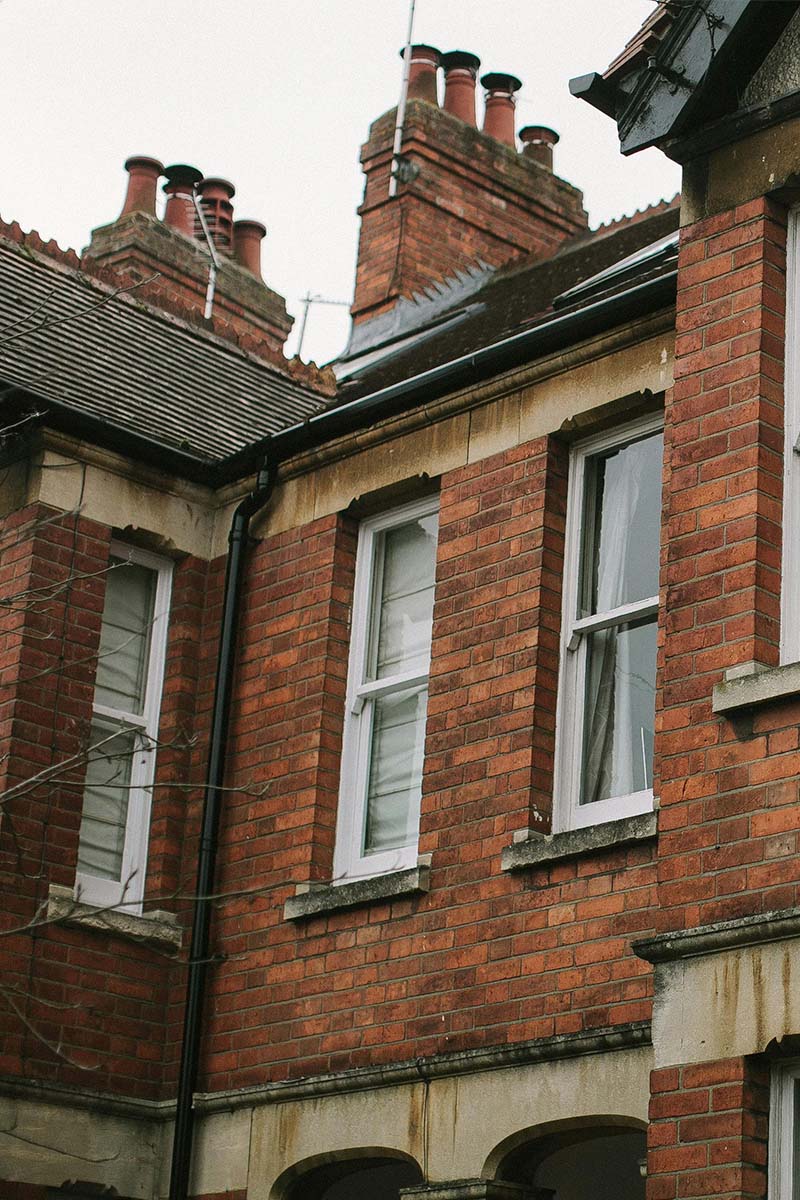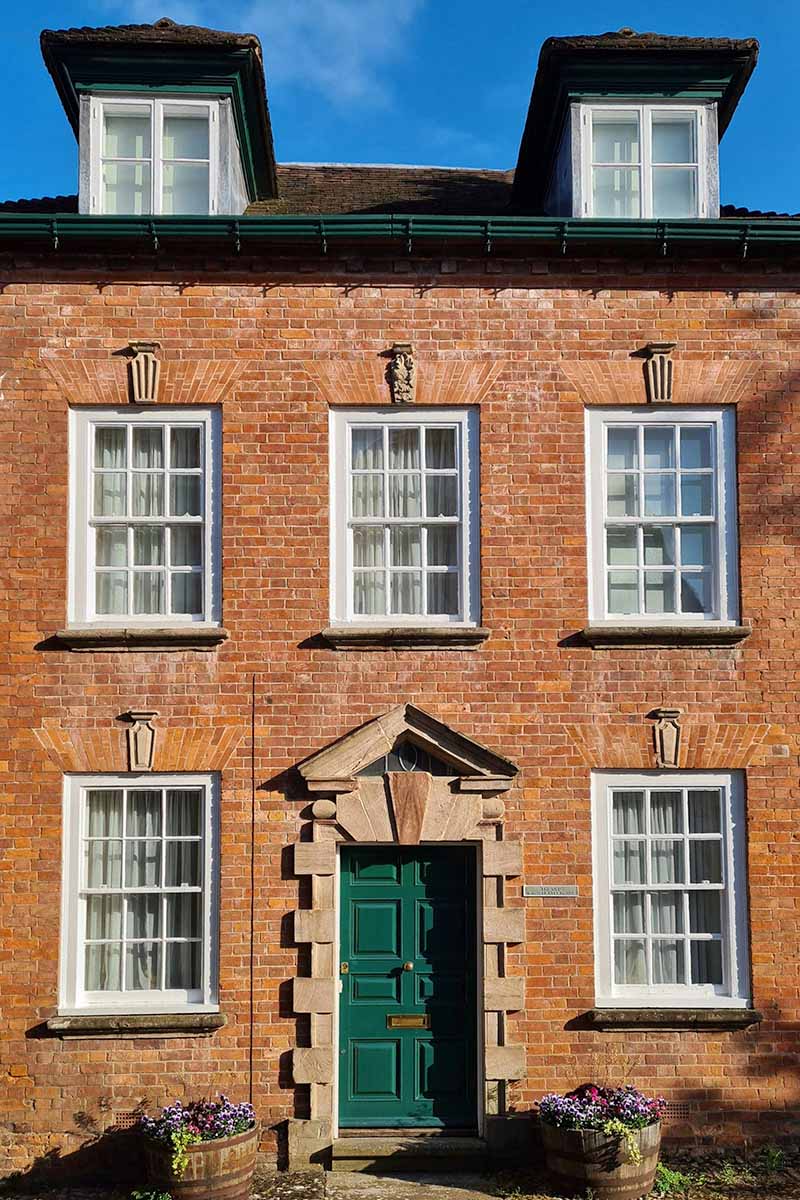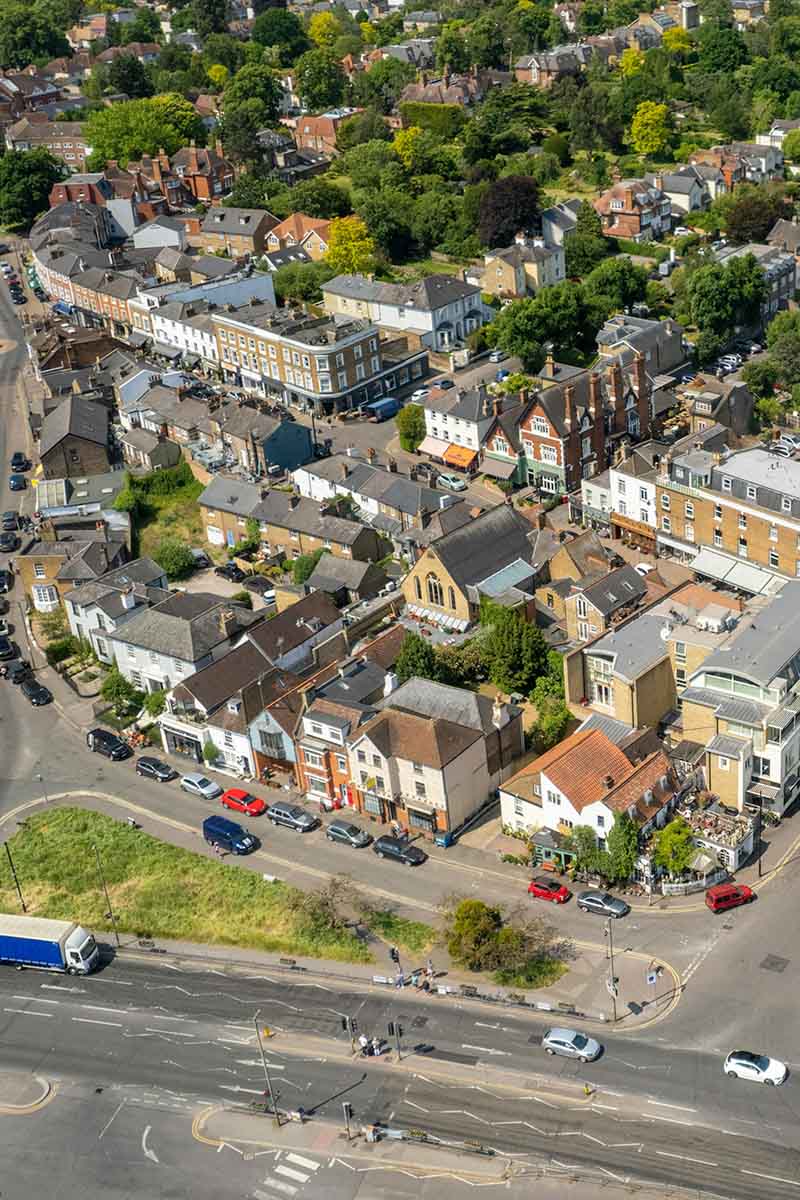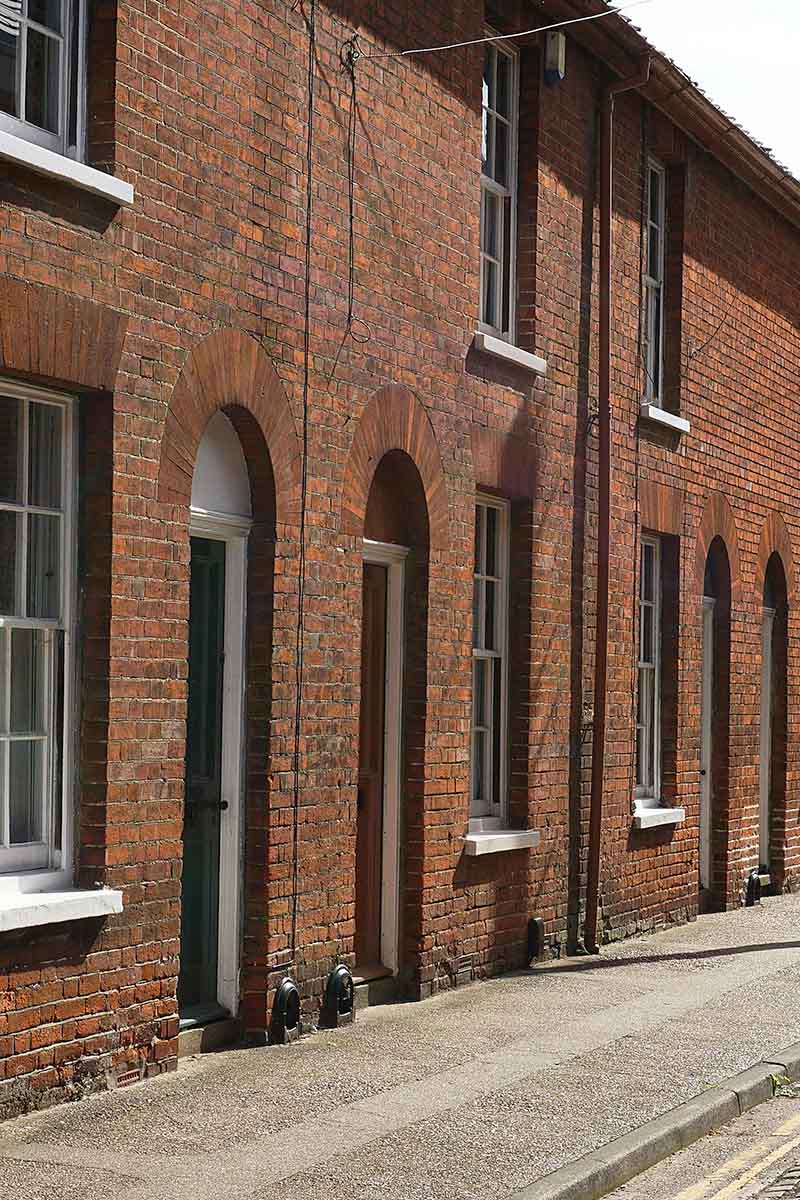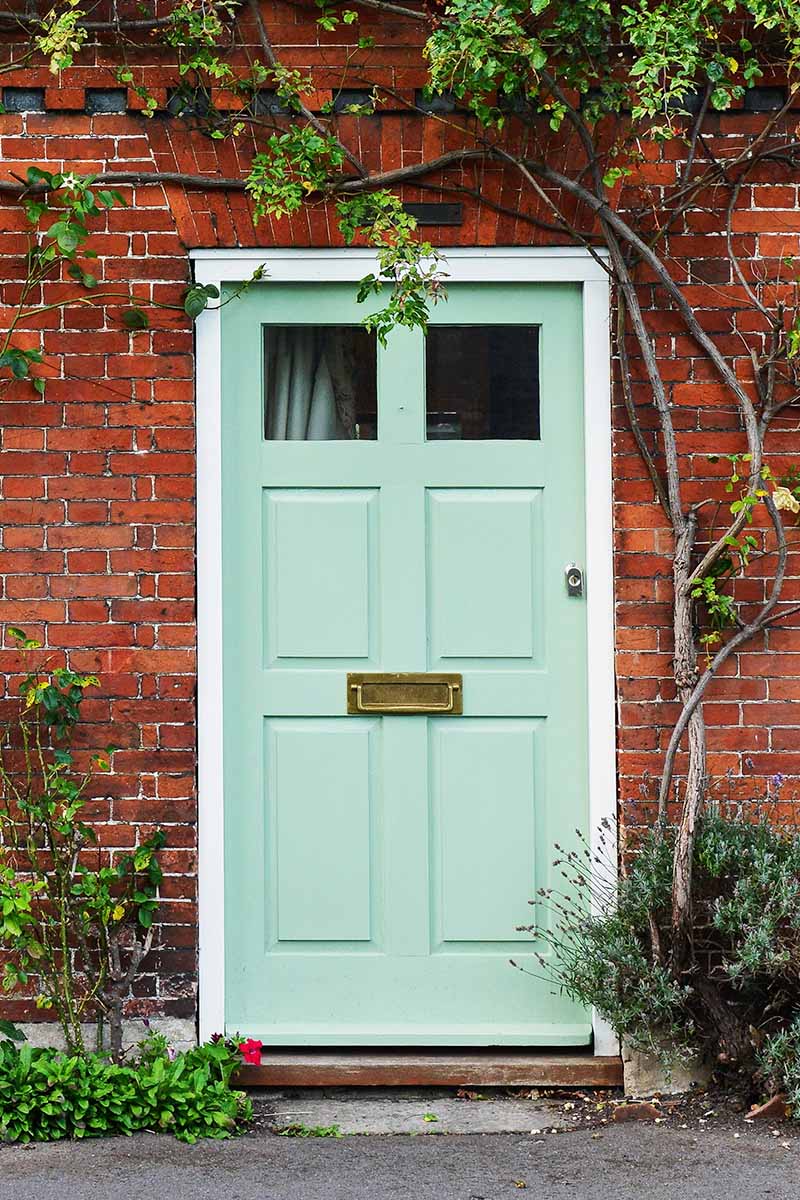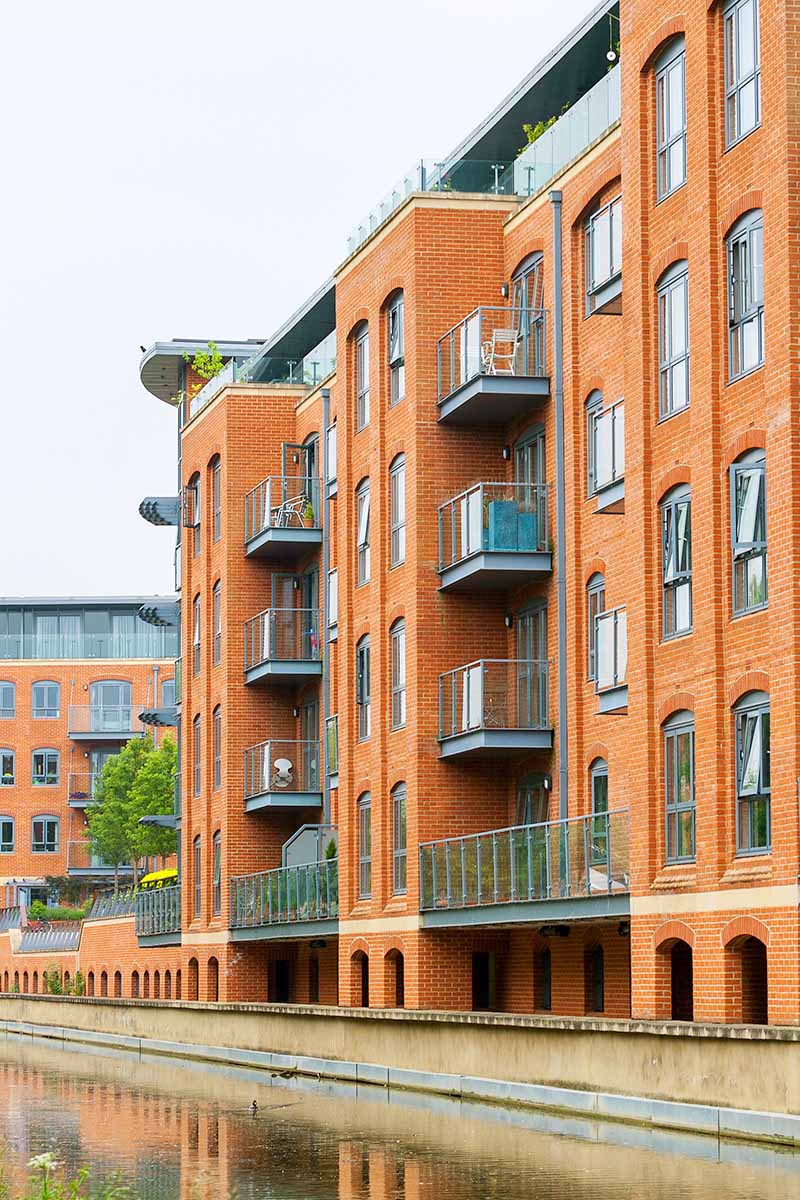How to find out when your home was built
The quickest way to find out when your house was built is by checking the Title Register from HM Land Registry. This document shows when the land and property were first registered, which can give a strong indication of when the house was constructed. If that is not available or does not give a clear answer, there are plenty of other ways to investigate. From studying architectural features and old maps to asking neighbours or looking through your home’s paperwork, there is usually a way to uncover the truth.
This article explains how to find out when your home was built, whether you need the information for insurance, renovation plans, or general curiosity. It outlines the best ways to check official records, spot architectural clues, and uncover local history.
Key points include:
- The Title Register from HM Land Registry is the best starting point.
- Architectural features can help you estimate the construction era.
- Surveys, TA6 forms, and insurance paperwork may include the build year.
- Historic maps, census records, and planning departments can offer deeper insights.
- Google Street View and neighbours may also help you narrow down the date.
- Combining two or three methods is usually enough to work it out.

Check the title register
The HM Land Registry keeps an official record of property ownership in England and Wales. The document you will need is the Title Register, which may show when the property was first transferred from the developer to the original owner.
- If you have bought your home recently, your solicitor may have already given you a copy.
- If not, you can download it at gov.uk for £7.
- You will need your postcode and address to find the record.
- The earliest transfer listed can give a good clue about when the house was built
While the register does not always state the build year directly, it is often the best starting point. If you are unsure how to read it, a solicitor can help interpret the information.
Look at your home's design and surroundings
The style of your house and the layout of nearby streets can help you estimate its age.
- Terraced houses in straight lines may date back to the Victorian or Edwardian era.
- Post-war estates often look more uniform and are spaced out more generously.
- Mock Tudor or modern red-brick homes are common from the 1990s and 2000s.
- Identical neighbouring homes usually indicate a shared development period.
If your area has a long industrial history, some houses may have been built for mill or factory workers. If your street looks like a planned estate, the homes likely went up in a short timeframe.
Identify architectural features
Your home's structure, materials and layout can offer clues about when it was built. Here are some features to look out for:
Victorian (1837 to 1901)
- Bay windows and sash windows.
- High ceilings.
- Decorative brickwork and chimney stacks.
Edwardian (1901 to 1914)
- Larger windows and wider hallways.
- Timber porches.
- Red brick with tiled upper floors.
1930s
- Bay-fronted semi-detached homes.
- Curved windows.
- Hipped roofs and generous driveways.
Post-war (1945 to 1960)
- Simple layouts with small windows.
- Brick or rendered exteriors.
- Minimal decorative detailing.
1960s to 1980s
- Hanging tiles and weatherboarding.
- Open-plan kitchen-dining areas.
- Concrete floors and basic insulation.
1990s to 2000s
- Neat red or yellow brickwork.
- Mock Tudor beams or decorative features
- Driveways and attached garages..
Modern builds (2010 onwards)
- Triple-glazing and energy efficiency features.
- Open-plan layouts.
- Minimalist finishes and solar panels.
Check your documents and ask around
If you bought your home recently, you may already have documentation that gives away the build year or something close to it. It is worth checking:
- The TA6 property information form, which sellers complete during the sale process. It often includes the build year if known.
- A building survey or mortgage valuation report, which often estimates the property's age.
- Home insurance paperwork, which may show a declared construction date.
- Solicitor or conveyancer files, in case they hold older sale documents or title data.
If you are still unsure, it is worth asking:
- The previous owner, if you are in contact.
- Neighbours with similar homes or who have lived there for many years.
- Your estate agent, who may remember or have old listing records.
- The property developer, if your home is part of a more recent estate.
These informal checks often provide a quick answer, especially when combined with official records or visual clues.
Save time and hassle by selling your home with us
Get a guaranteed cash offer on any property in England and Wales. All you need to do to get started is enter your address below.
Search historical records
If you want to investigate further, there are plenty of resources that can help:
- Historic Ordnance Survey maps will show when houses appeared on your street.
- Old Maps Online or the National Library of Scotland offer free access to scanned historical maps.
- Historic England or CADW can confirm whether your property is listed or protected.
- Census records between 1841 and 1911 may show when the address first appeared.
- The National Archives offers detailed property history records.
- Local libraries or county archives may hold historic maps, photographs or planning applications.
- Planning departments at your local council may be able to confirm when a development was approved.
- Fire insurance maps, tithe maps and enclosure records can also provide hints.
Each of these can help narrow down the likely construction date, especially for older properties.
Explore Google Street View and satellite imagery
If your home was built in the last couple of decades, Google Street View can help you track when it appeared or changed.
- Go to Google Maps on desktop.
- Enter your address and activate Street View.
- Use the date slider in the top-left to scroll through older images.
- Compare photos to identify when the house was built or when the land was first developed.
Even if your property is older, you can still use this tool to explore neighbouring homes that may have a more documented history.
Why the age of your home matters
Knowing how old your home is can be useful for more than just curiosity:
- Insurance companies often ask for the build year when calculating quotes.
- Planning permissions or building regulations may differ for older homes.
- You can spot risks like outdated wiring, lead paint or asbestos in pre-1980s homes.
- Renovation projects are easier to plan when you know what to expect.
- Period features can add value if preserved or restored.
- Older homes may qualify for heritage protections or local conservation efforts.
Understanding your home's age can also bring a sense of connection to its history and the people who lived there before you.
Thinking of selling?
If researching your home’s age is part of a bigger plan to move on, it helps to know all the facts. At Habello, we help homeowners sell without the usual delays. You do not need to find an agent, host viewings or wait for buyers to line up.
We make cash offers based on the condition and location of the home. It is fast, fair and hassle-free. Submit your details below for a free valuation.
Property owners are choosing Habello for a faster, easier and less stressful way to sell
Sell your home quickly for cash by accepting an offer just below market value. See how we compare to your other options by using the calculator below.
Related guides
Bring yourself up to speed with our property guides.





